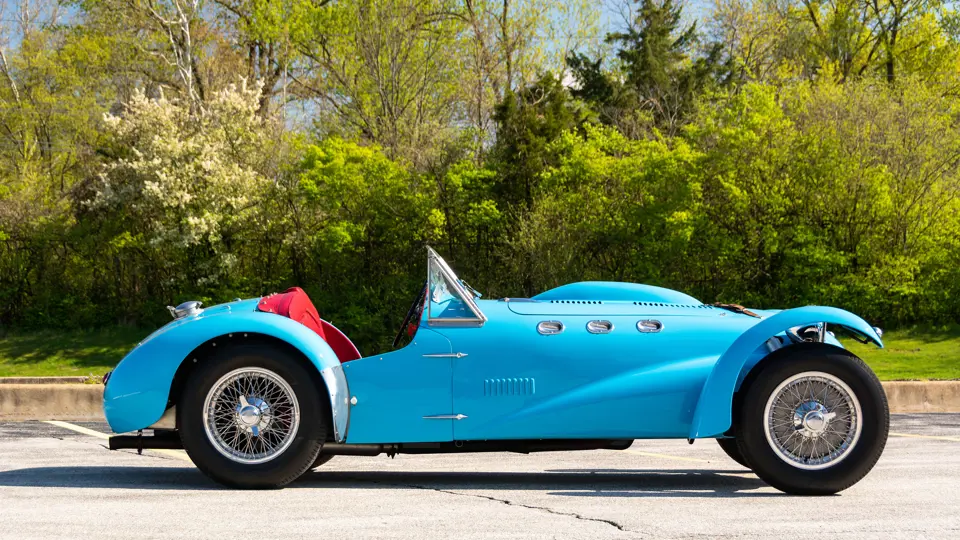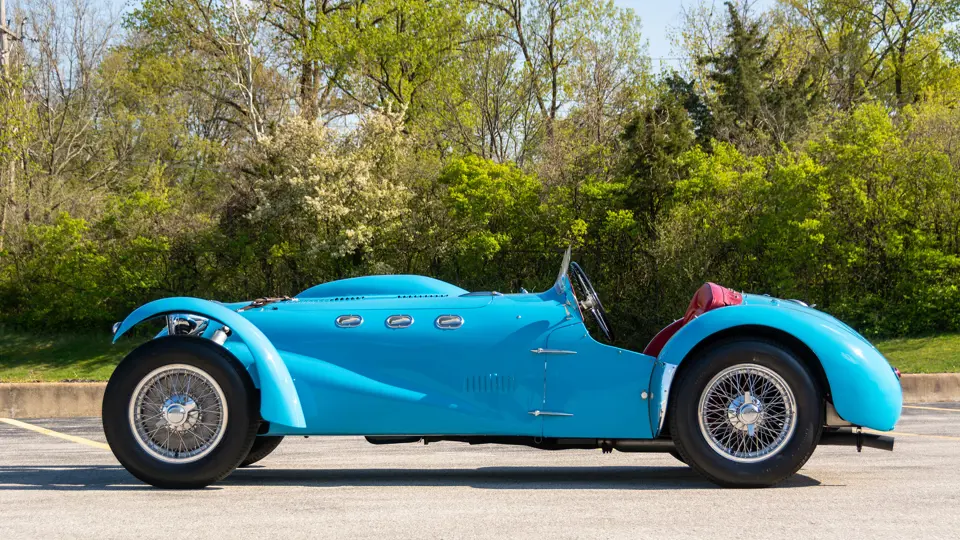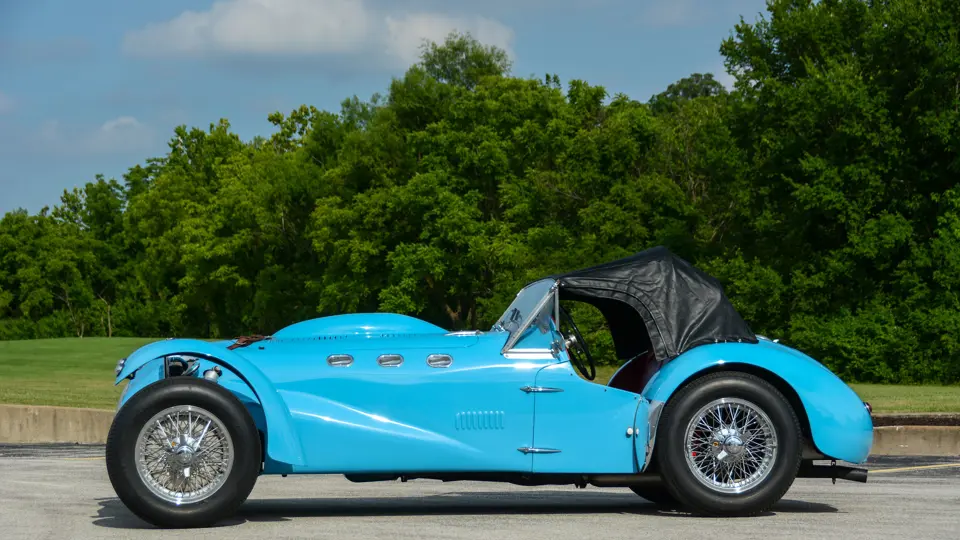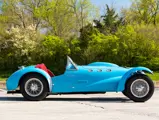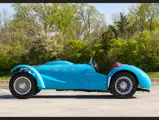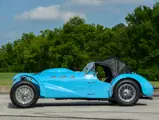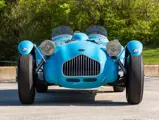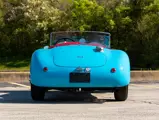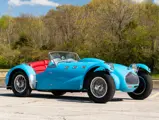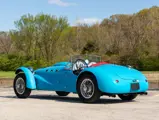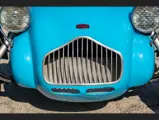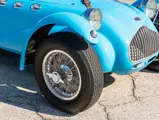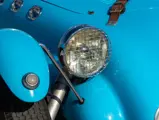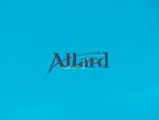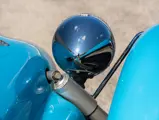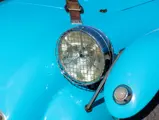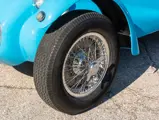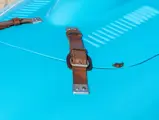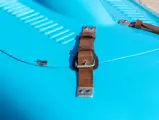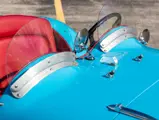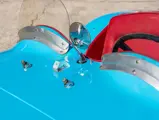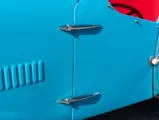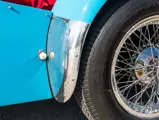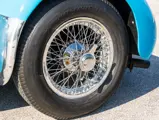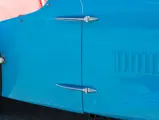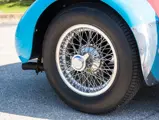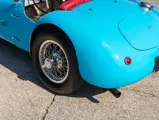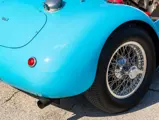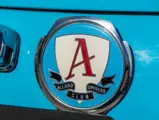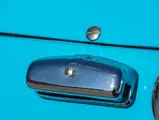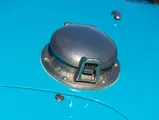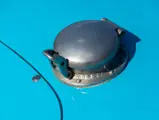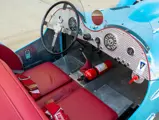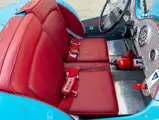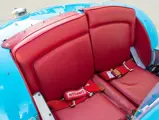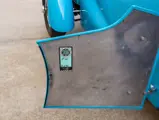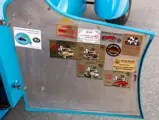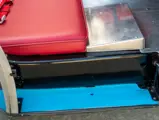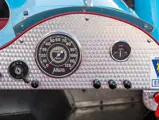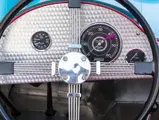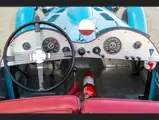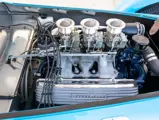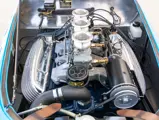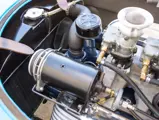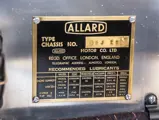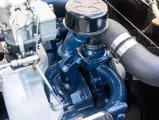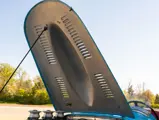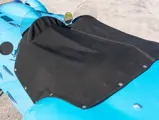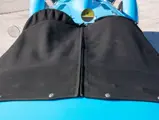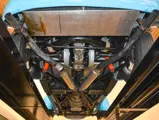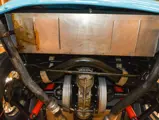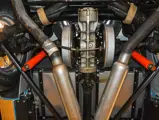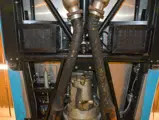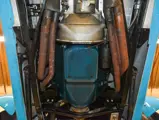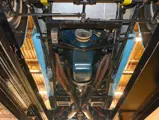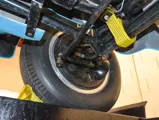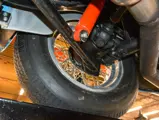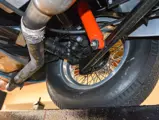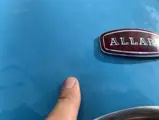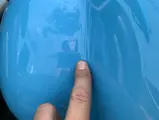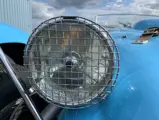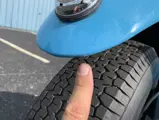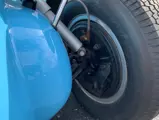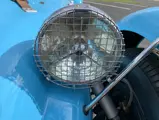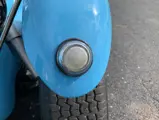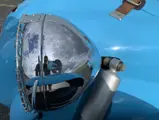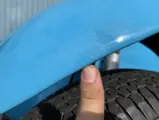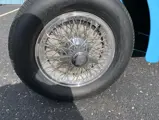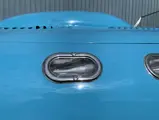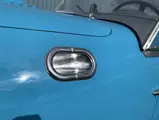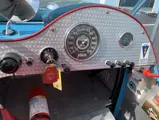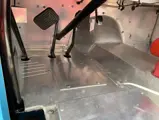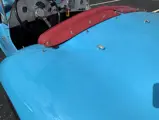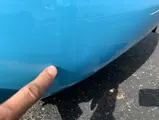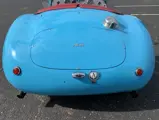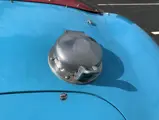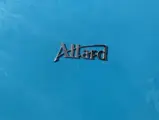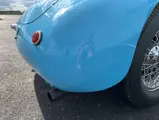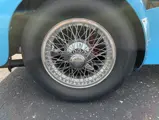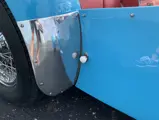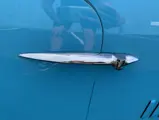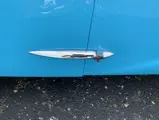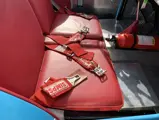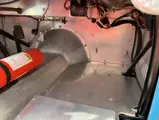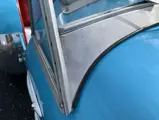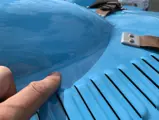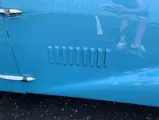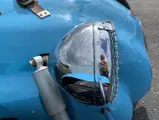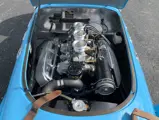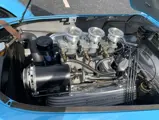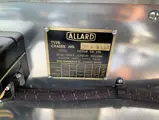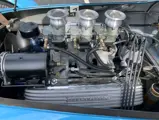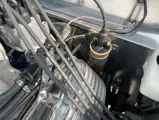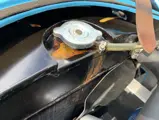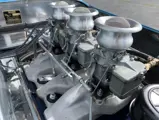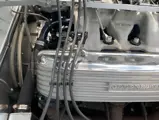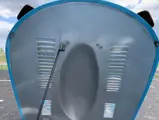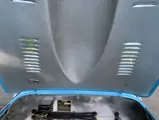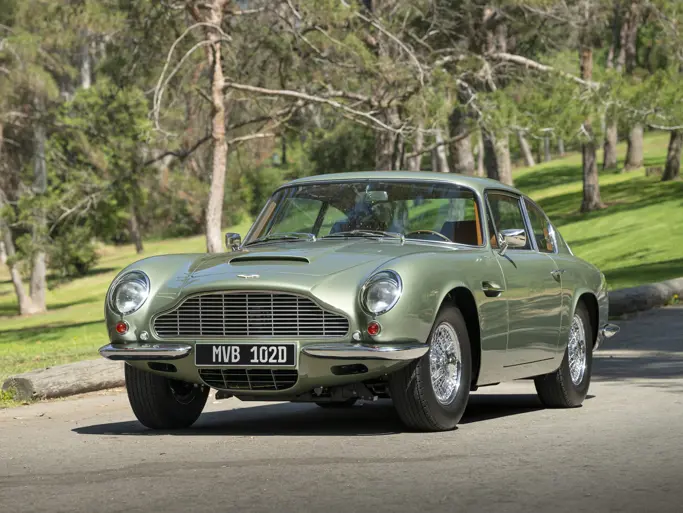
1951 Allard J2
{{lr.item.text}}
$300,000 - $350,000 USD | Not Sold
{{bidding.lot.reserveStatusFormatted}}
- Restored and prepared for vintage racing or road events
- Cadillac 390 cu. in. V-8; four-speed Muncie gearbox
- Period correct Borrani wire wheels
- Well-documented race history
- Ran at Bonneville in the 1950s
Sydney Allard began his storied career in motorsports supplying purpose-built trials and hill climb cars. However, his greatest achievements came with the arrival of the J2 sports car in 1949. The road-going J2 shared aspects of its design with trials-oriented J1 but was considerably lower, lighter, and more streamlined for road racing. Designed to take advantage of cheap and plentiful Detroit V-8s, the robust chassis featured a de Dion rear axle, large Alfin drum brakes, and a revised version of Allard's signature split front axle, designed by Les Bellamy. Allard shipped the cars less engine and transmission, providing "kits" to prepare them for the customer's choice of V8. Despite Sydney’s long-running relationship with Ford, it was Cadillac's revolutionary 331 cubic-inch overhead-valve V-8 that cemented the J2's reputation as the race car to have in the early 1950s. With 160 horsepower in stock form and plenty more on tap, the Cad-Allards were regular winners in America and Europe, battling with Jaguars, Cunninghams, and Ferraris at the sharp end of the field. During the formative years of groups like the SCCA, the J2 was the dominant force in sports car racing.
This 1951 Allard J2 roadster, chassis number 99J 2123, is a marvelous example with fascinating and well-documented history. Through factory records, we know the order for 99J 2123 came through on 7 June 1951. The invoice specified knock-off wire wheels, left-hand drive, left-hand spare wheel, twin fuel pumps, headlamp stone guards, and fittings to receive a Cadillac engine. The buyer requested a red interior and supplied a sample of metallic blue paint for the body. In August, 1951, it was delivered to Mr. Del Lee of Grosse Pointe, Michigan, via Wood Motors of Detroit. Mr. Lee immediately handed his new Allard over to Cal Connell of the legendary Detroit Racing Equipment speed shop, for installation of a race-prepped Cadillac 331 cu. in. V-8 engine. Marvelous period color photographs show the car finished in dark metallic blue with a red interior, a single side-mount spare, and with distinctive polished alloy Borrani wire wheels.
Del Lee participated in numerous events at such legendary tracks as Thompson Speedway, Bridgehampton, and Watkins Glen. Multiple period photos show the Allard at the Detroit Region SCCA ice-racing event on Lake Orion, Michigan, providing a superb record of the car's original specification. At the Lake Orion event, reports say Lee thrilled the crowd near the front of the pack, only to throw it away when he spun while avoiding a bale late in the race. He experienced mixed results in competition, with his best moment coming at the Giant's Despair Hillclimb in Wilkes-Barre, Pennsylvania. Having scored a fourth in class in 1951, he returned in 1953 with 99J 2123 to take first in Class B and the Hollenback Trophy for Fast Time of the Day.
Around the time of the 1954 Watkins Glen Grand Prix, Del Lee sold 99J 2123 to Fred Lavel of Birmingham, Michigan. Lavel asked Lee to drive the car in the Glen race before taking it back home. The following year, Lavel took the Allard to Bonneville, running it up to 127.47 miles per hour. During his ownership, Mr. Lavel replaced the Cadillac engine with a DeSoto Adventurer Hemi supplied by his friend and well-known Chrysler man, Virgil Exner. The first trip to Bonneville must have triggered “salt fever”, with Lavel going to extreme measures in the quest for speed the following year. For the 1956 event, he removed the standard Allard alloy bodywork and set it aside with the idea of polishing it. He fitted slick and aerodynamic fiberglass body made by Sorrell, along with a Halibrand quick-change rear end, and a Powerflight automatic transmission mated to the Hemi. He even brought along a second, hotter DeSoto engine as a spare. With better aero, the car ran a respectable 150.75 miles per hour, but mechanical woes prevented additional runs.
After Bonneville, 99J 2123 led a relatively quiet life. Around 1958, Fred Lavel removed the Sorrell body, loosely refitted the original alloy bodywork which he had in storage, and sold the car to John Whitlock. It seems Mr. Whitlock did little with the car, selling it on 17 August 1968 to Robert Vandepaer of Jersey City, New Jersey. Lavel likely removed his Desoto engine before selling the car, and one of the subsequent owners fitted a 1956 Corvette small-block V-8 mated to a Jaguar Moss four-speed manual gearbox. It is in this configuration that the most recent owner discovered the car in 1993 sitting in Vandepaer's Jersey City garage.
According to the previous owner, the body spent 35 years carefully stored away and preserved. Since most J2s were raced hard very few have survived with their original bodywork intact. In the new owner’s care, it underwent complete restoration, returning the car to period-correct specs, including the fitment of a 1959 Cadillac 390 cu. in. V-8 engine. At the time of the restoration, the owner only knew the car had been blue, but did not have the color photos. He chose this striking bright blue (a 1970 AMC color) over red leather upholstery. Details such as the Borrani wheels remain in place, and the owner sourced a very rare factory soft top and full-width windscreen. Updates include a robust M21 Muncie four-speed gearbox, triple Stromberg carburetors on an aluminum Weiand manifold, and polished Offenhauser valve covers.
Following its restoration, 99J 2123 was enjoyed as Sydney Allard intended. The owner participated in numerous VSCCA events on the East Coast, including the Fairmount Vintage Grand Prix, Pocono Vintage Grand Prix, Lime Rock Fall Festival, and two Allard reunion events at Pocono and Watkins Glen in the late 1990s. Along with the extensive history file, the sale includes numerous spares (including a Halibrand quick-change rear) and a VSCCA Log Book. The Cadillac engine is in a mild state of tune, making this a superb choice for pre-1957 road events and rallies, thanks to its torque, reliability, and driver-friendly nature. The presentation is made all the more impressive considering this J2 was raced for so many years. It is in beautiful condition, with fine finish quality, supple red leather, and superb detailing all around.
Boasting fascinating and well-documented history, this Allard J2 is a wonderful example of the Anglo-American hybrid that lit up the tracks and ignited the passion for so many budding sports car enthusiasts in the 1950s.


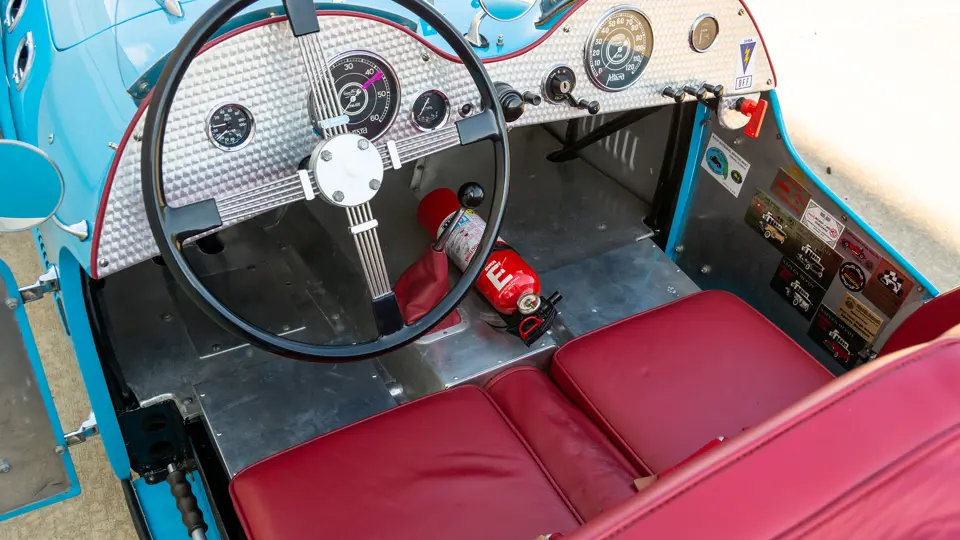

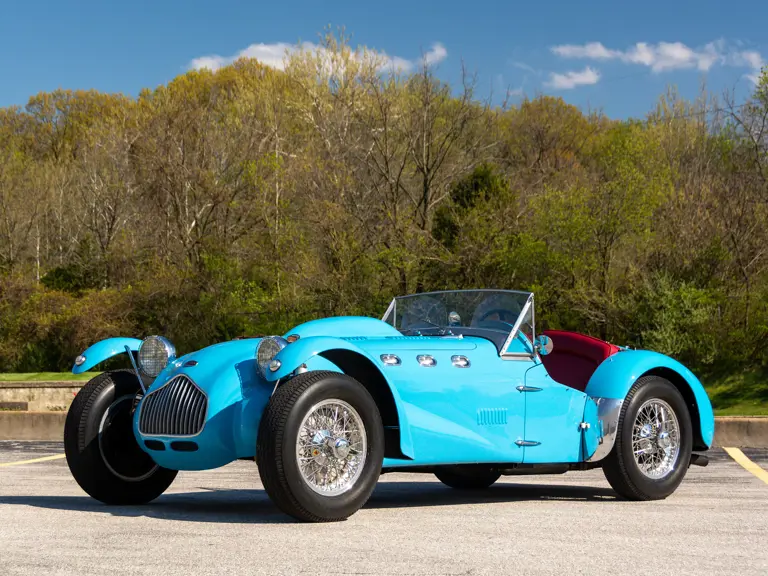
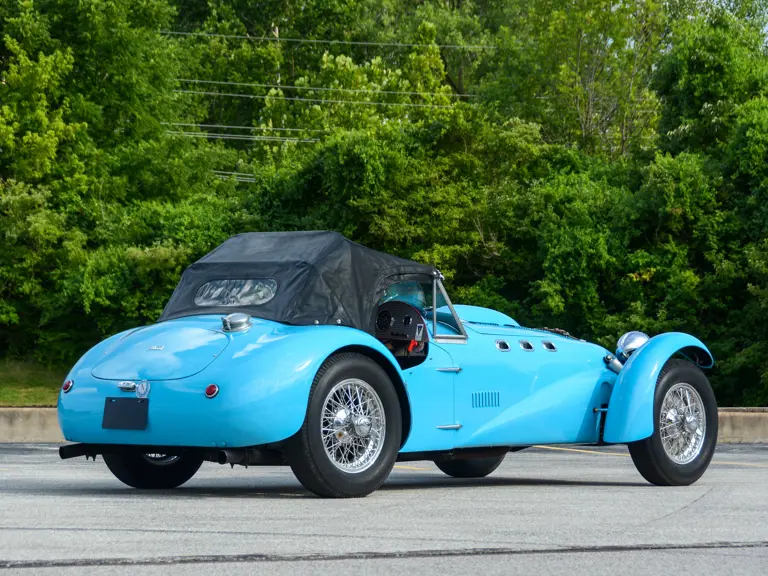
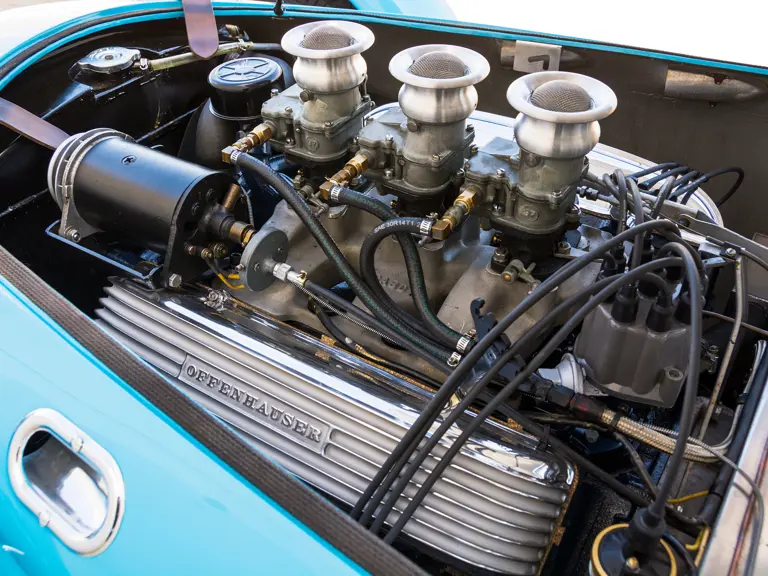
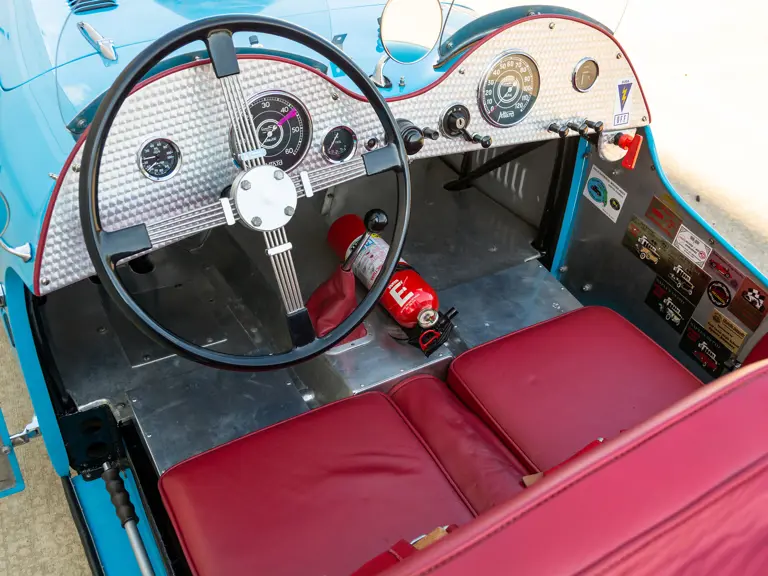

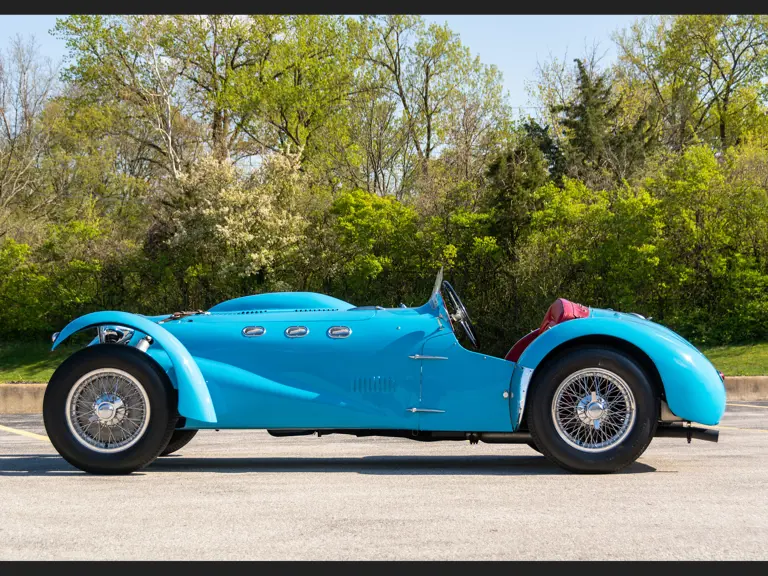
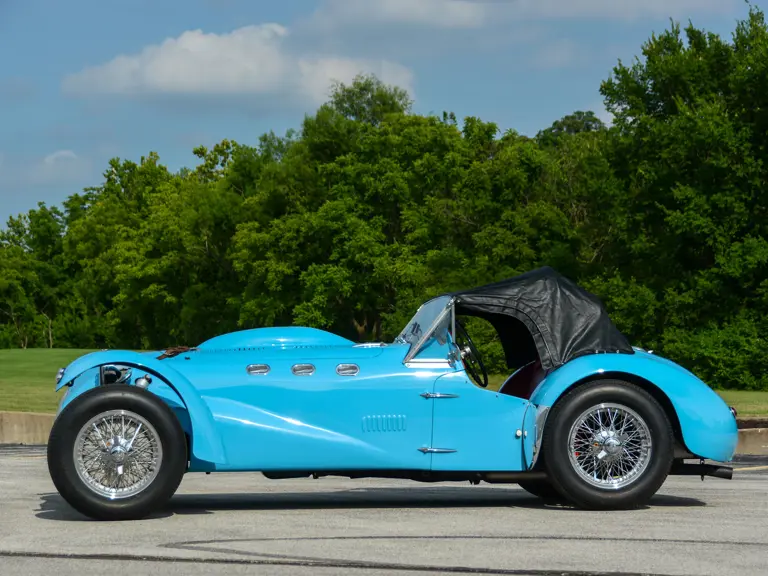
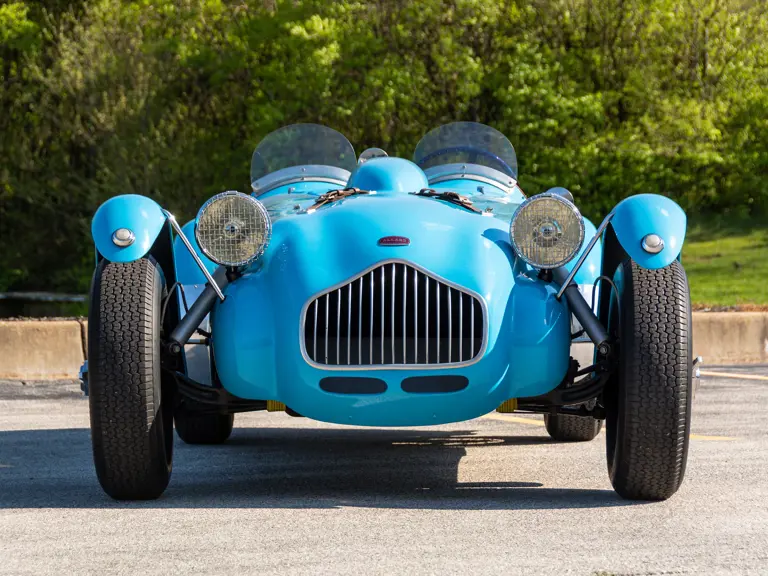
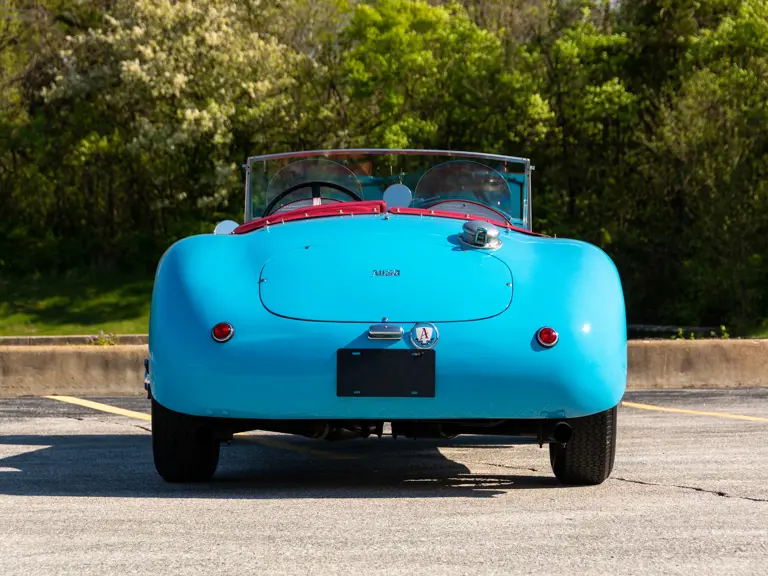
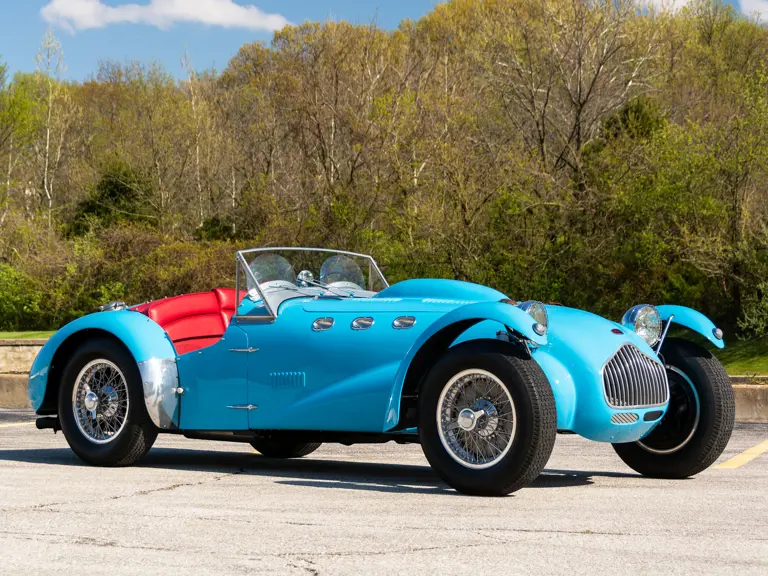
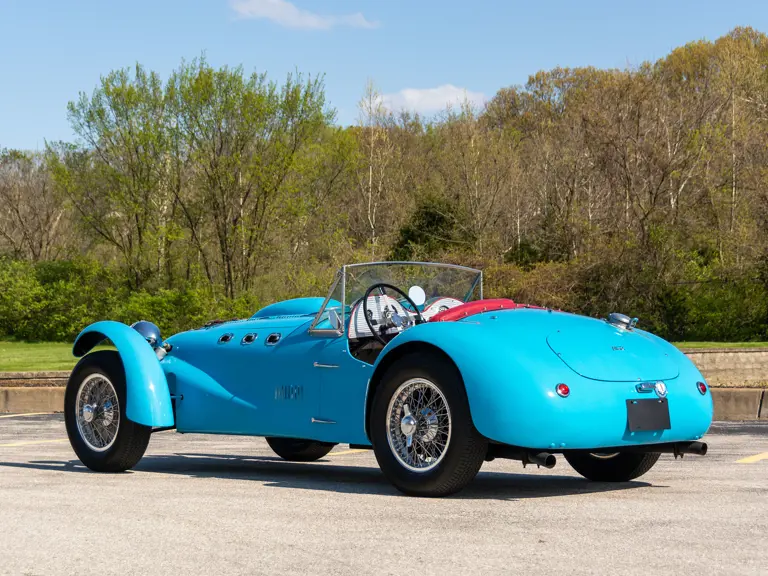
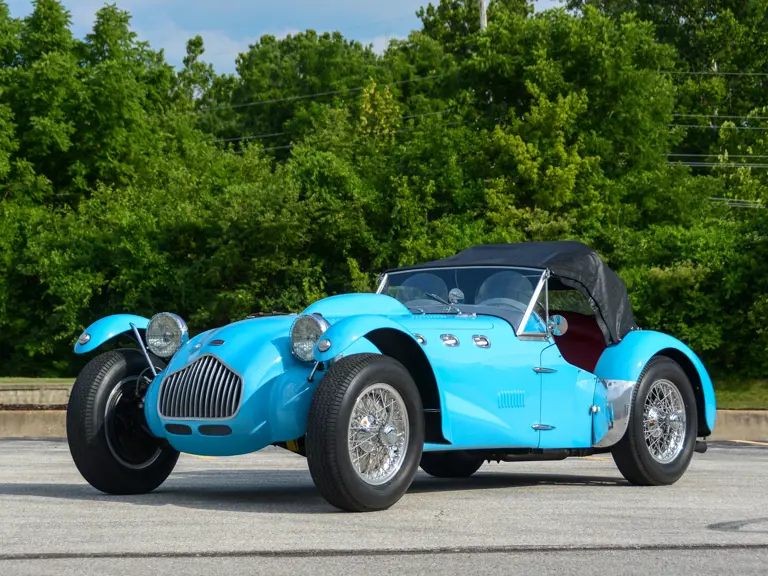
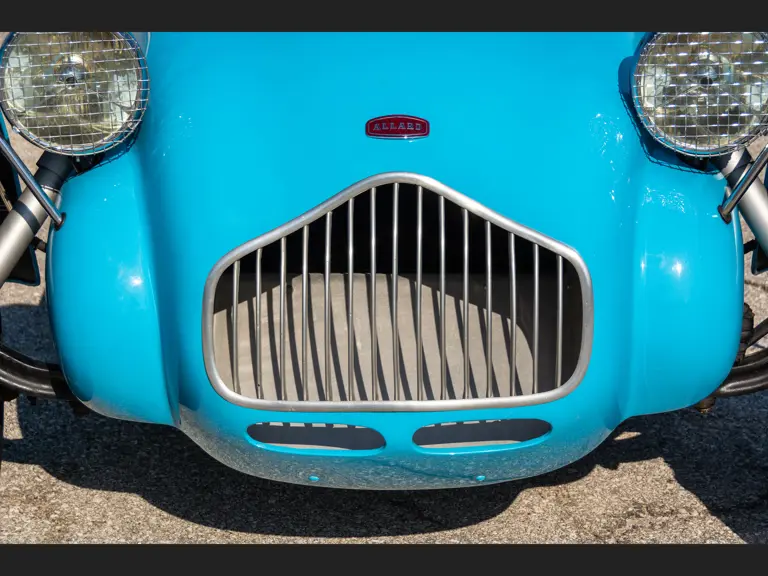

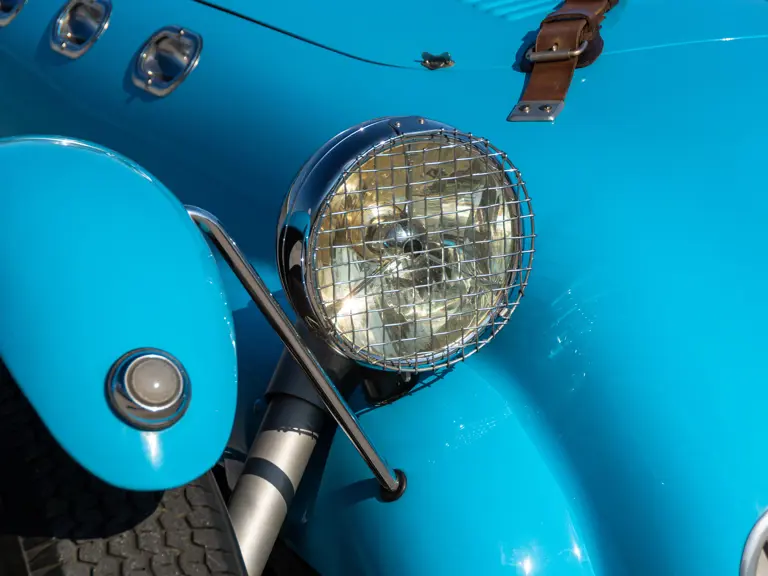
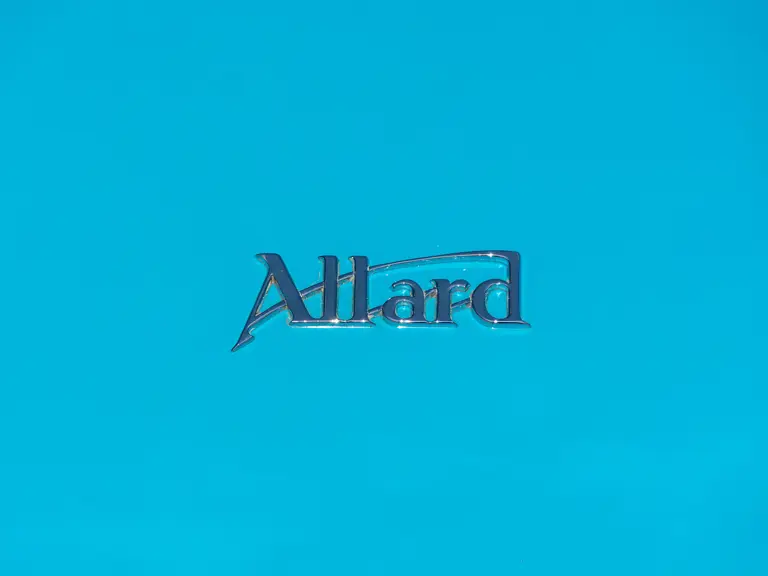
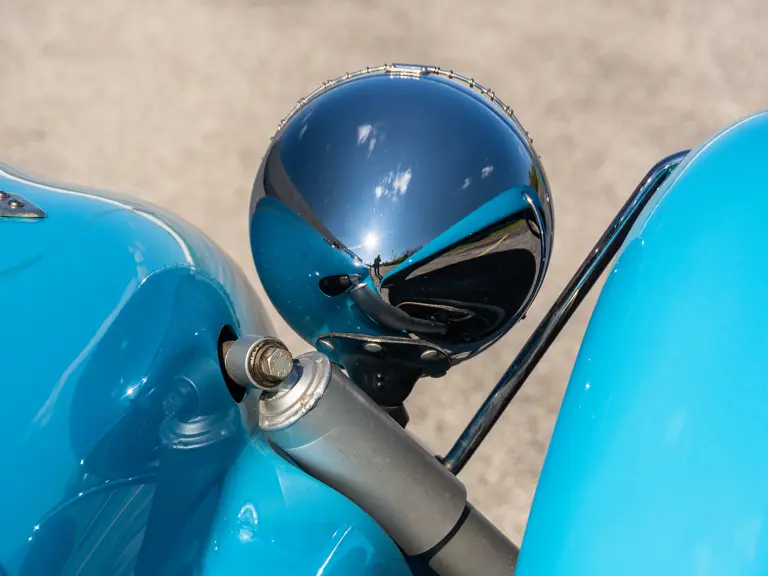
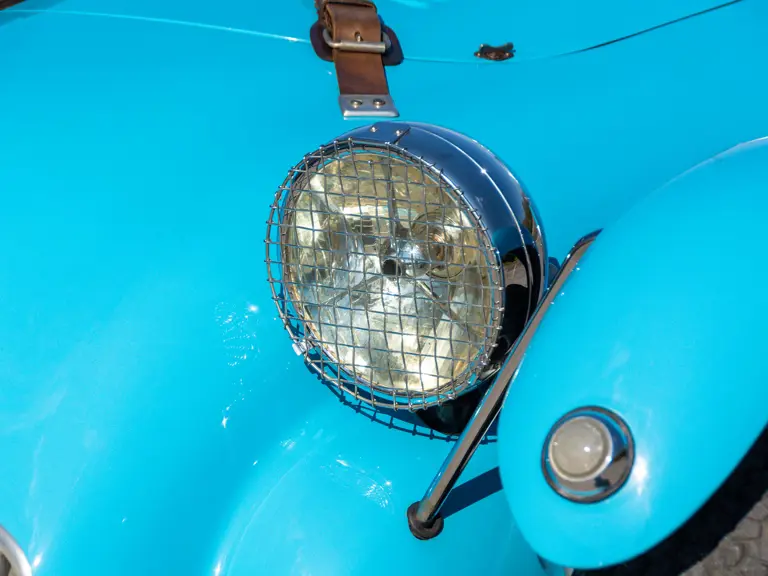
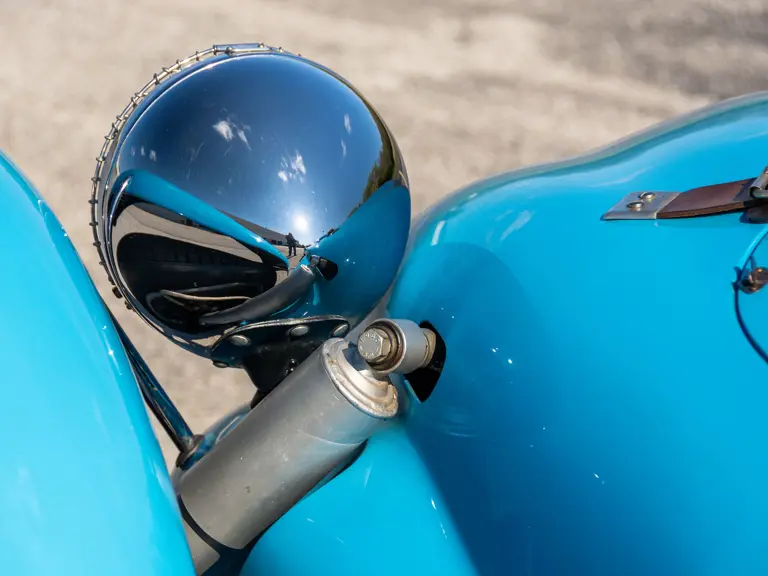

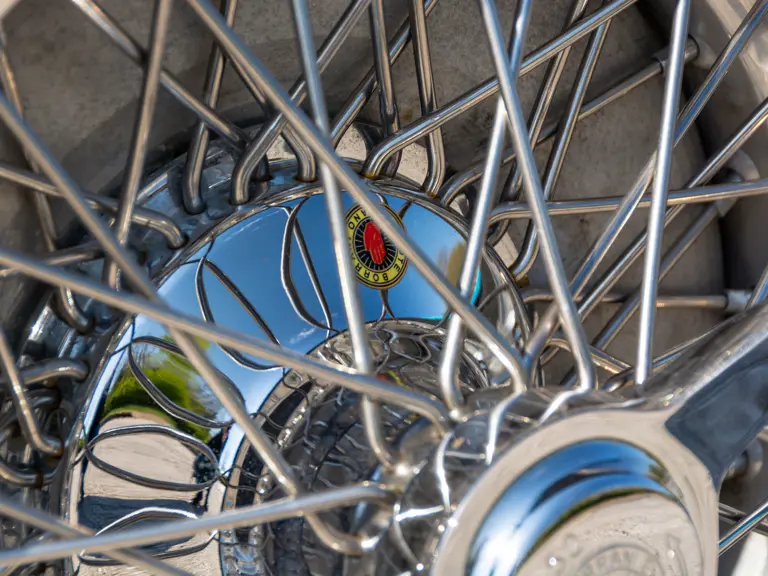

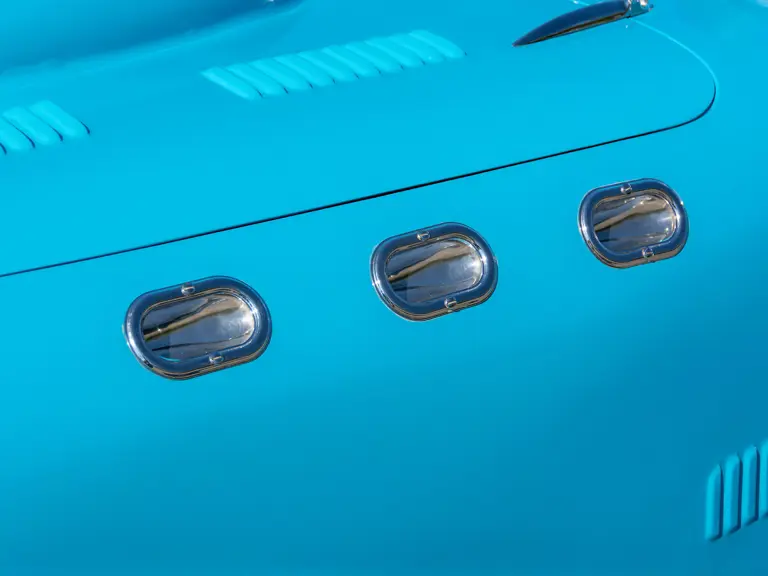
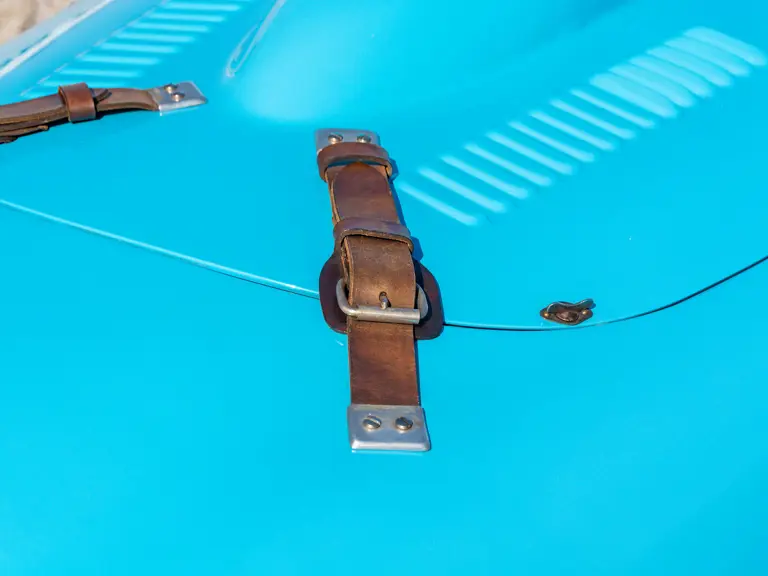

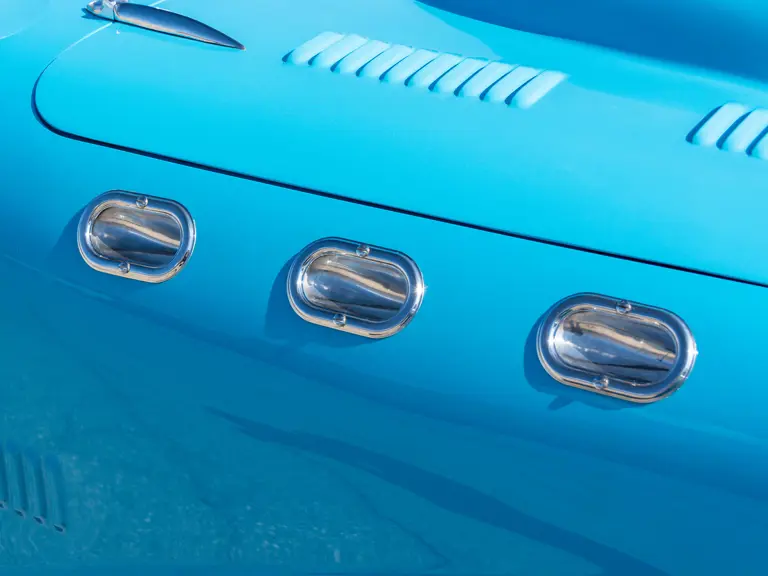
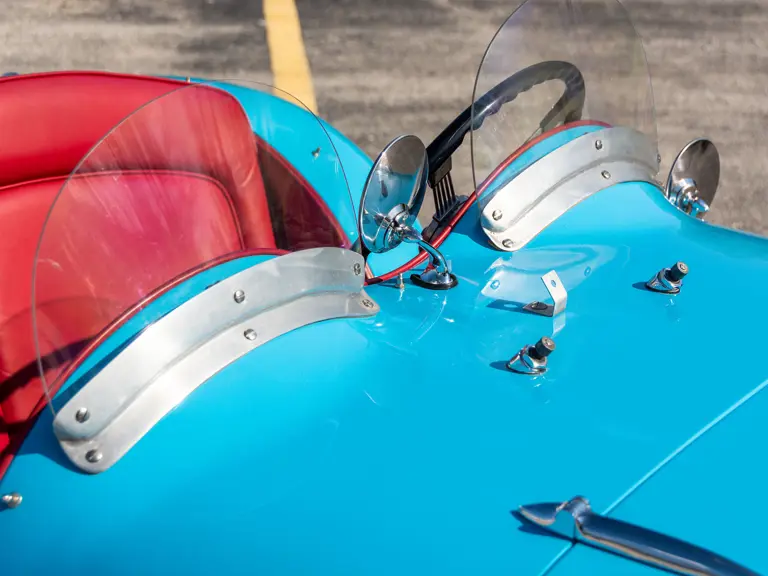


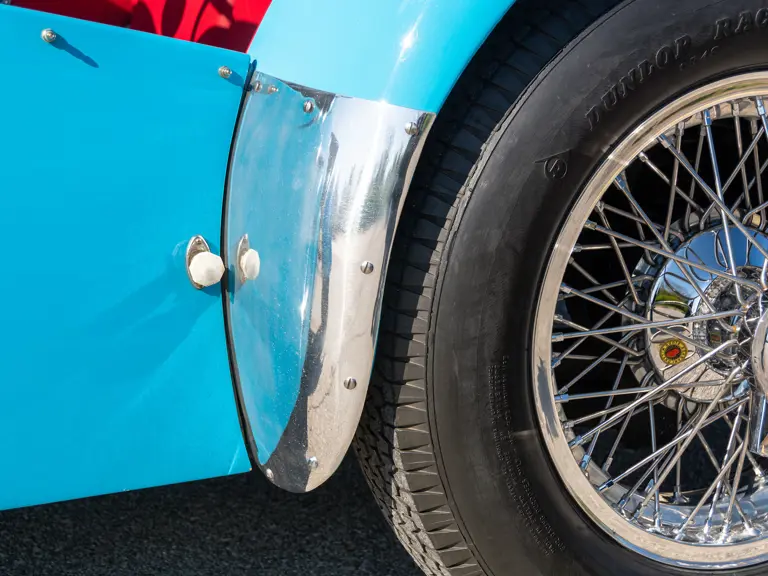
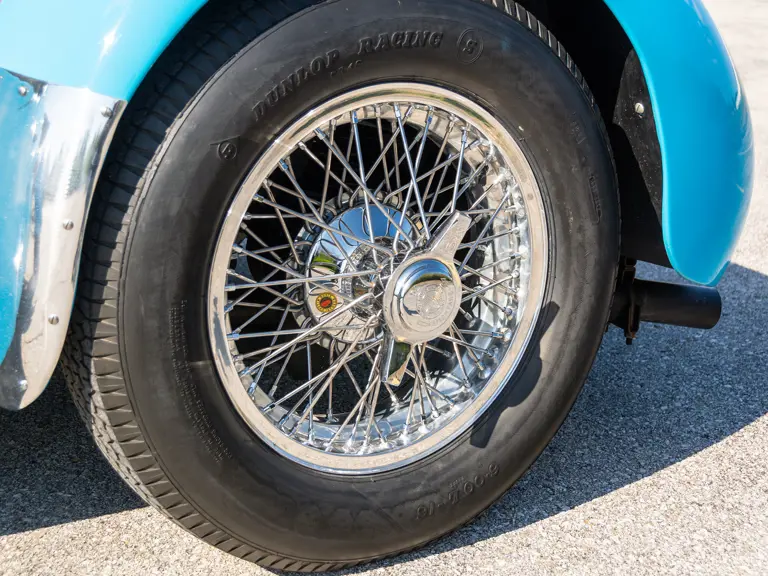
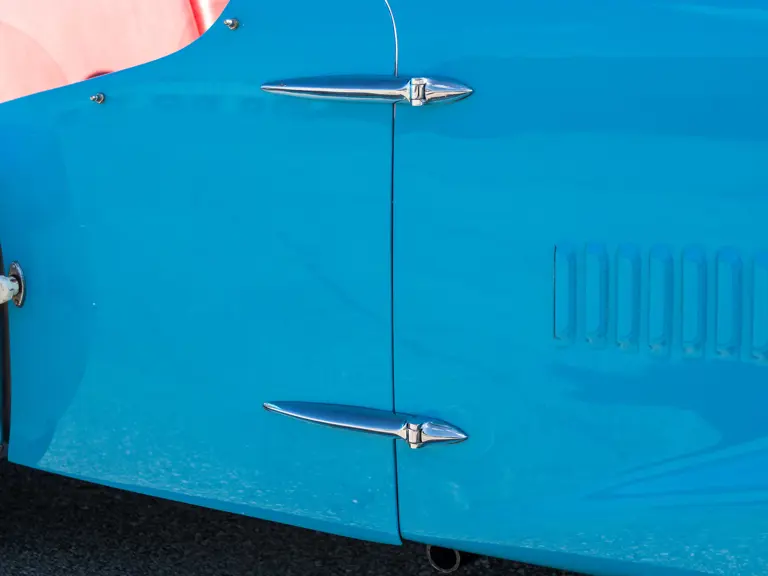

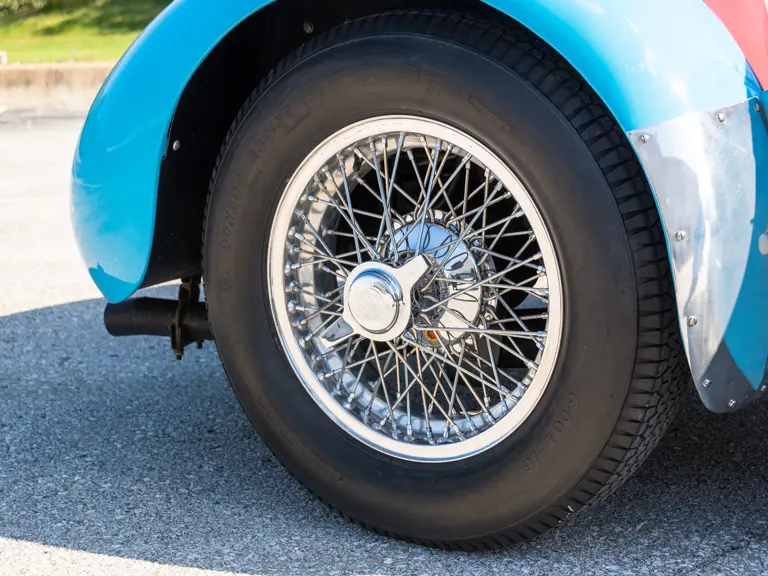
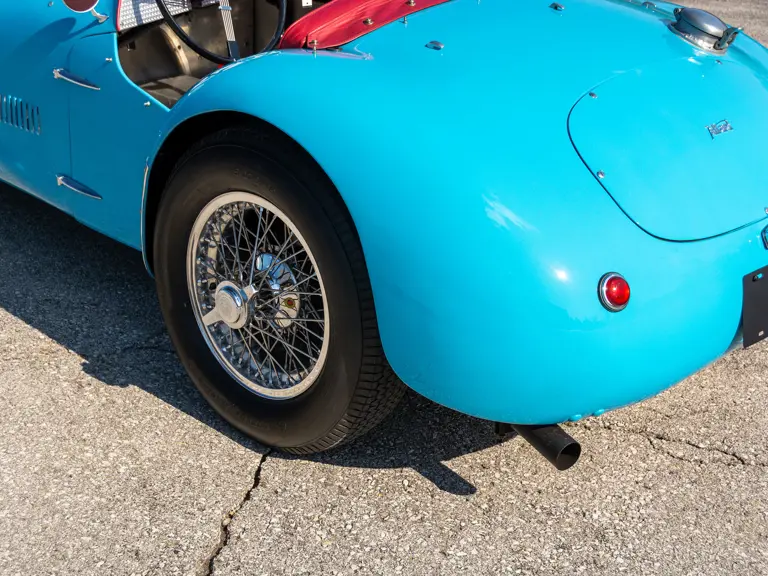
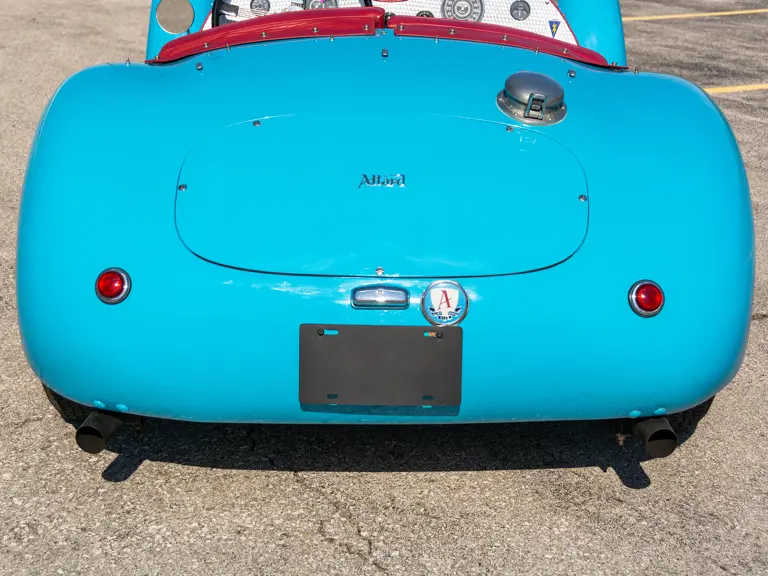
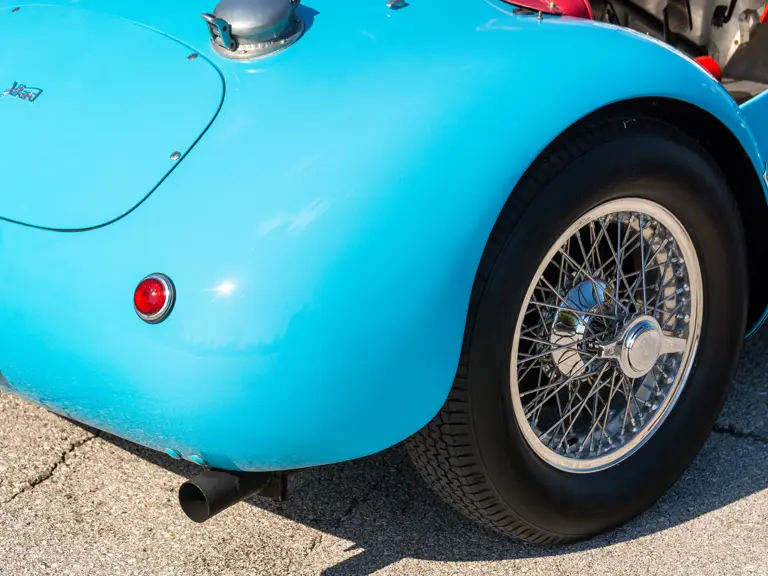
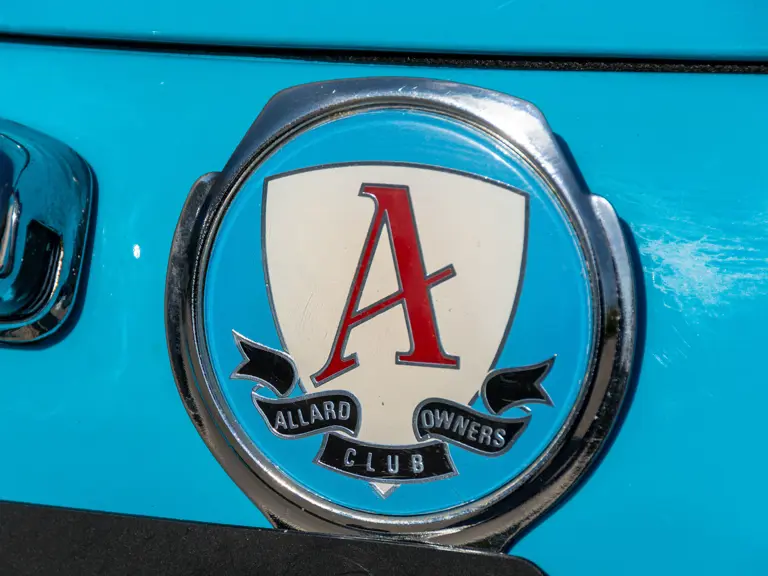
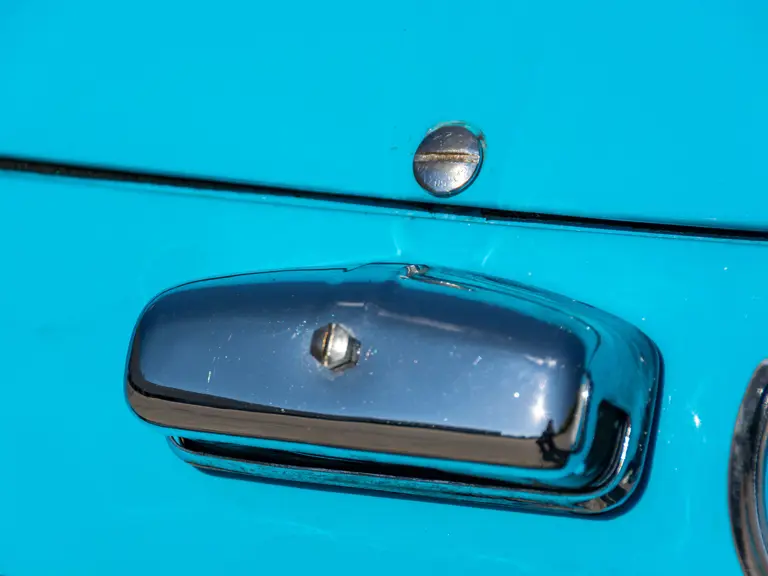
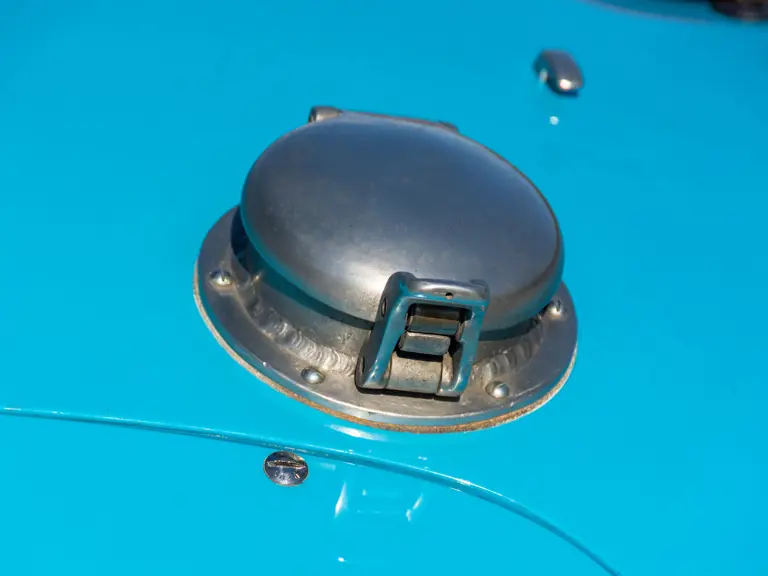
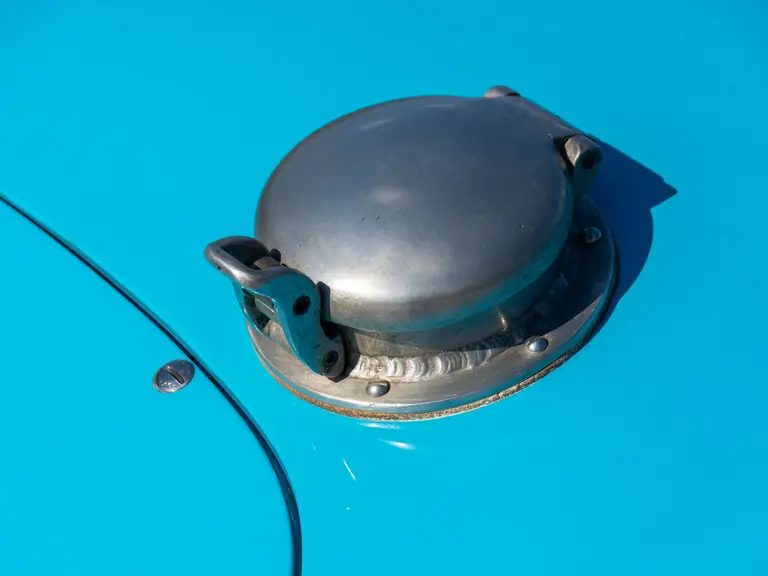
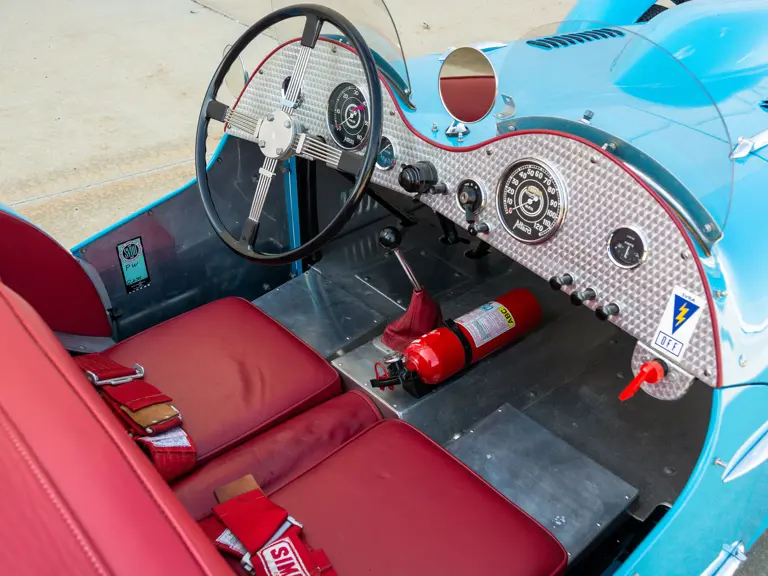
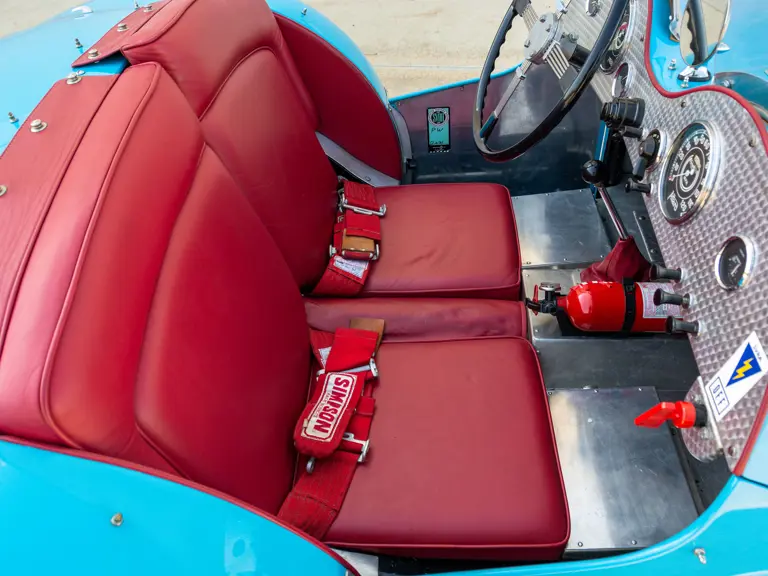
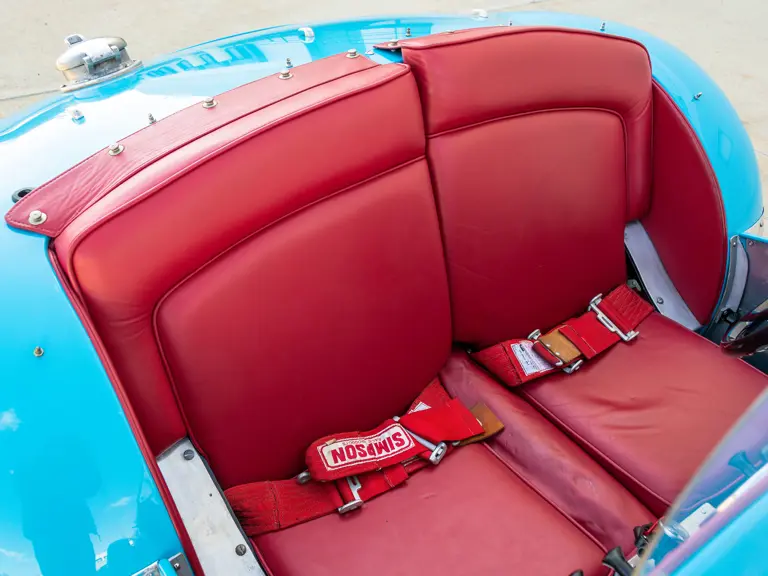

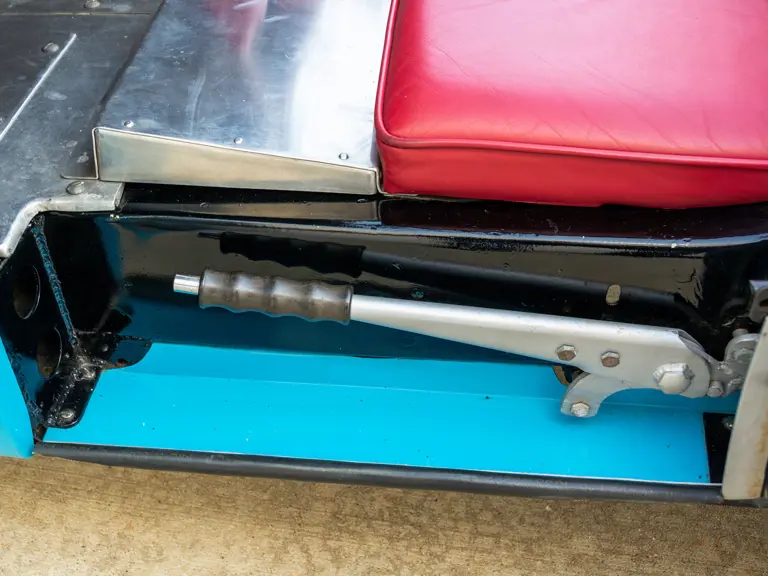
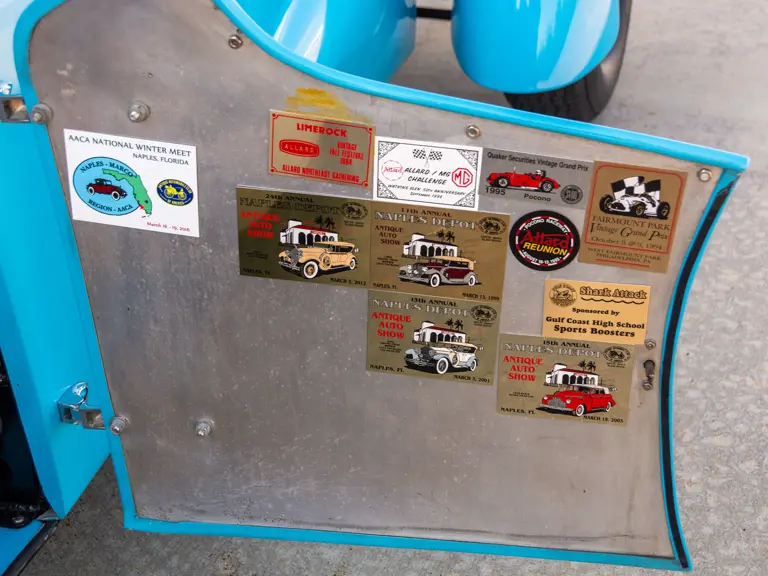
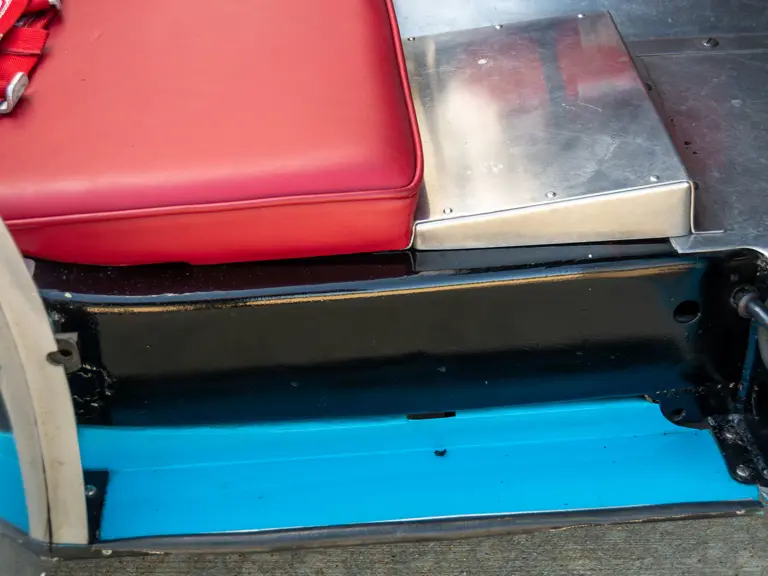
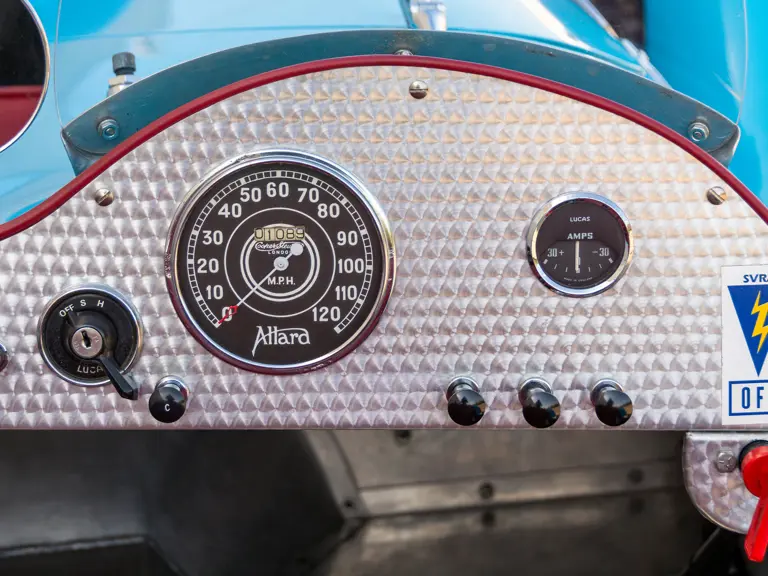
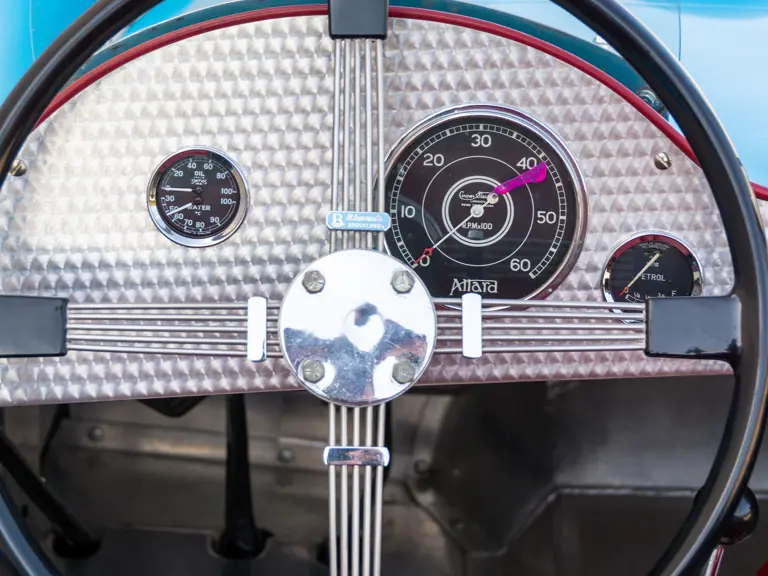
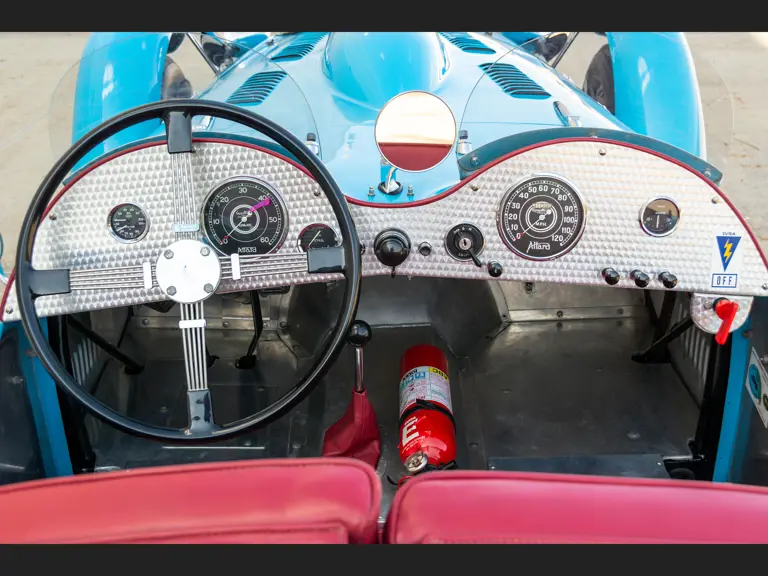


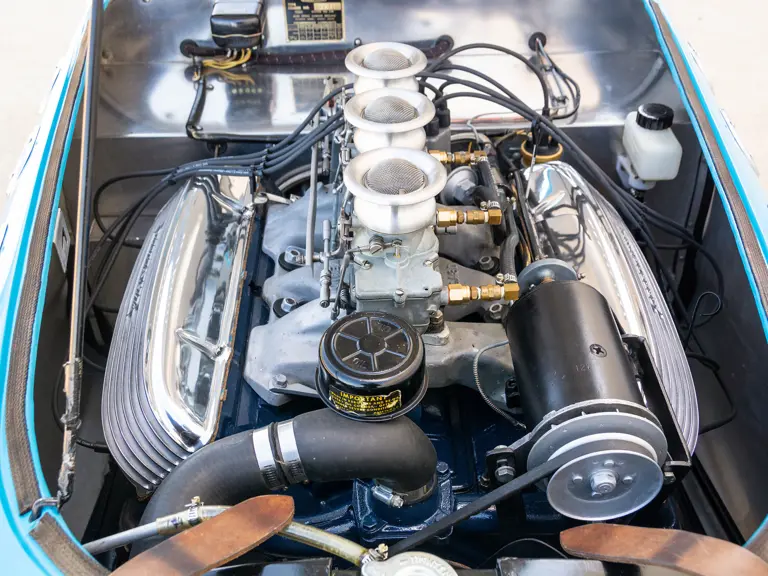
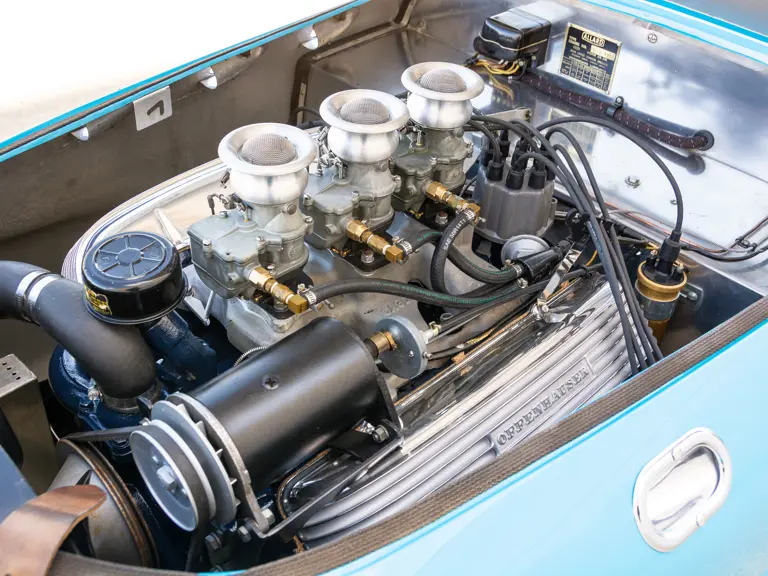
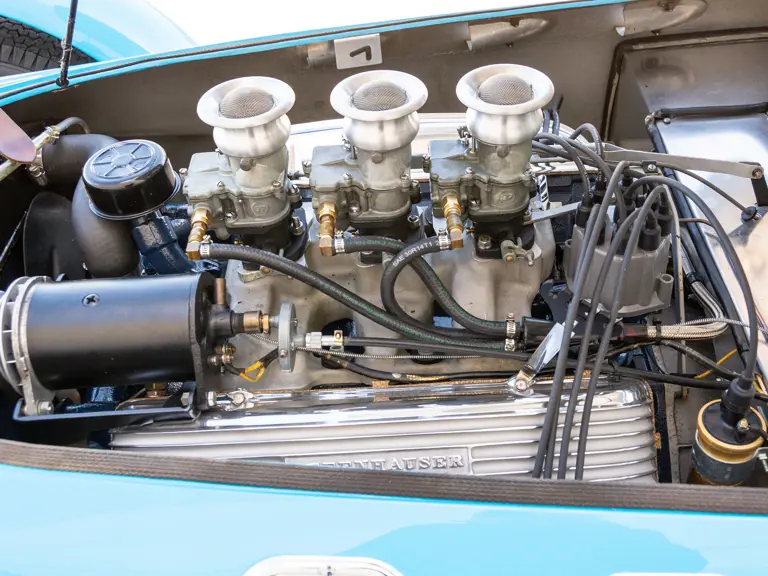
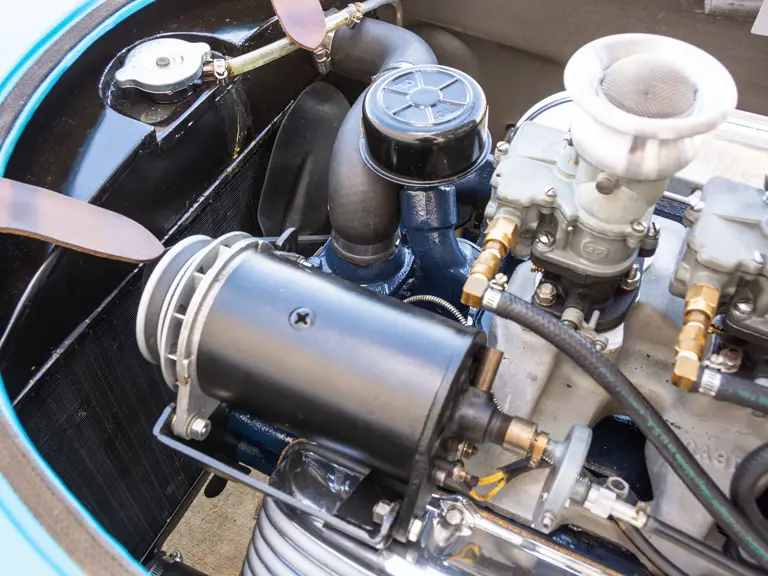
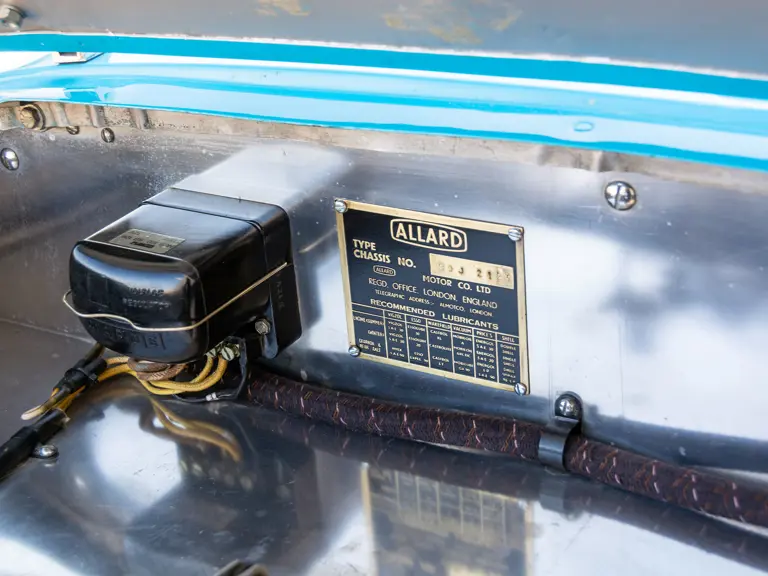
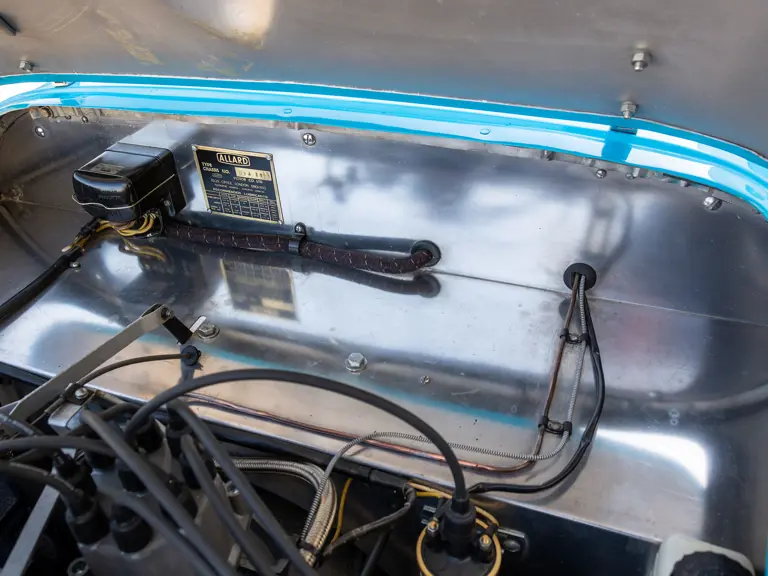



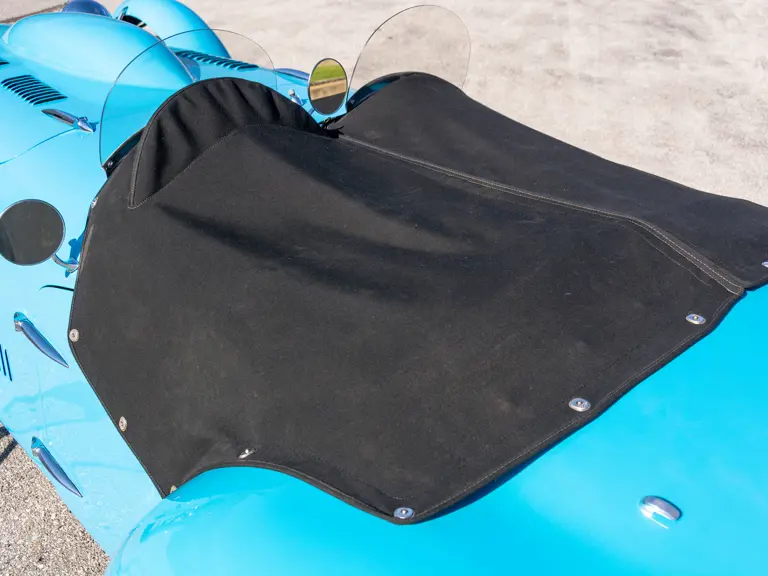

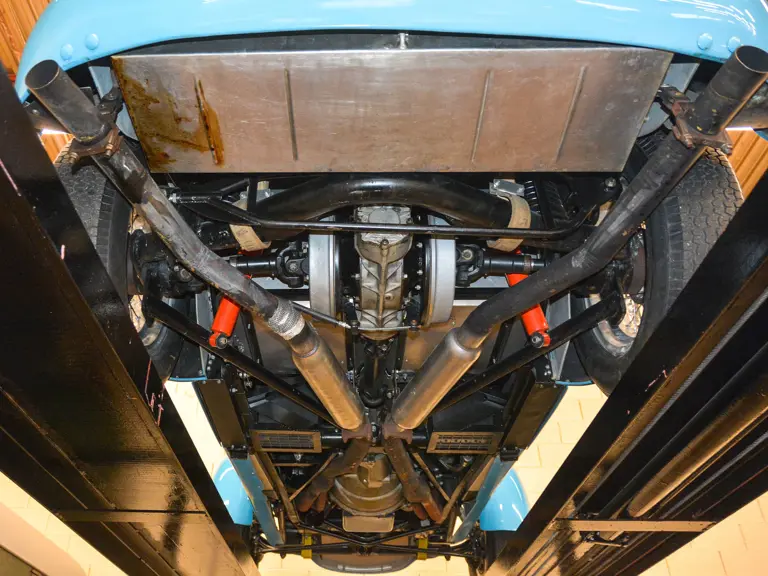
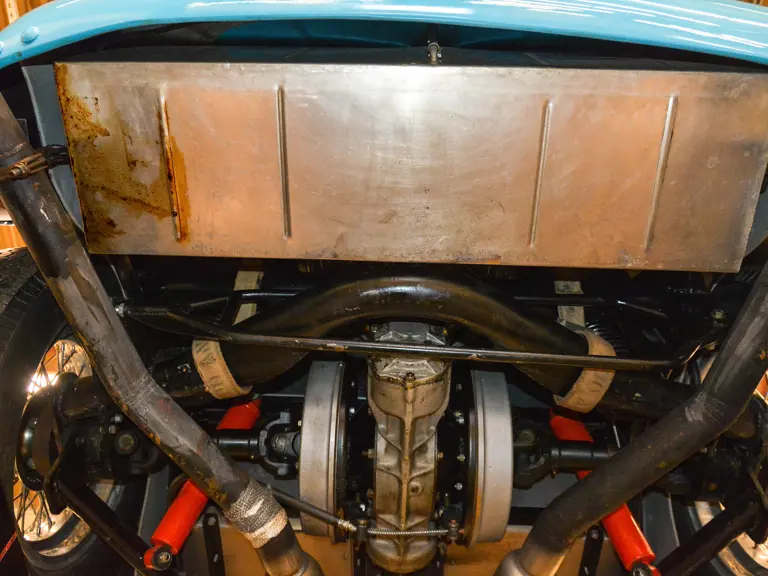
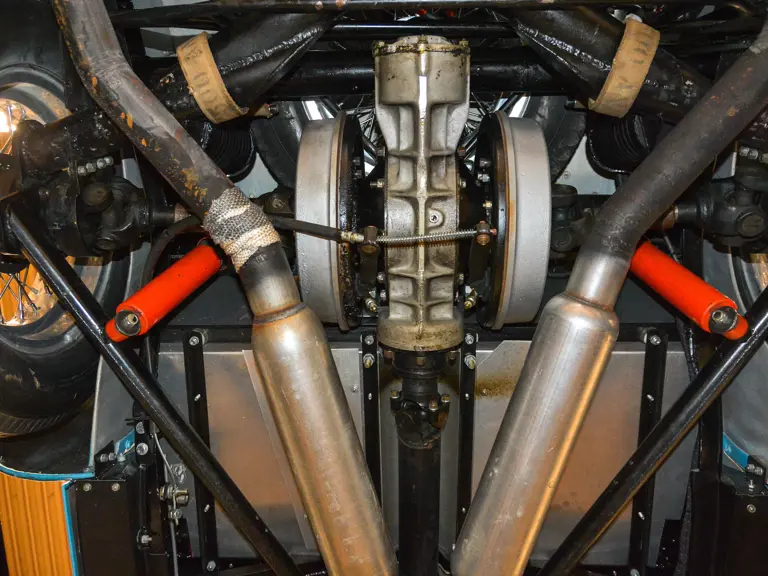
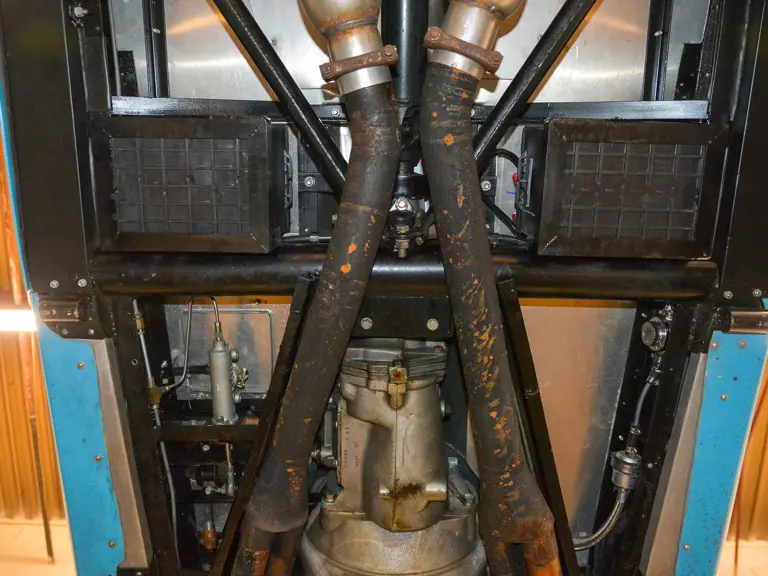

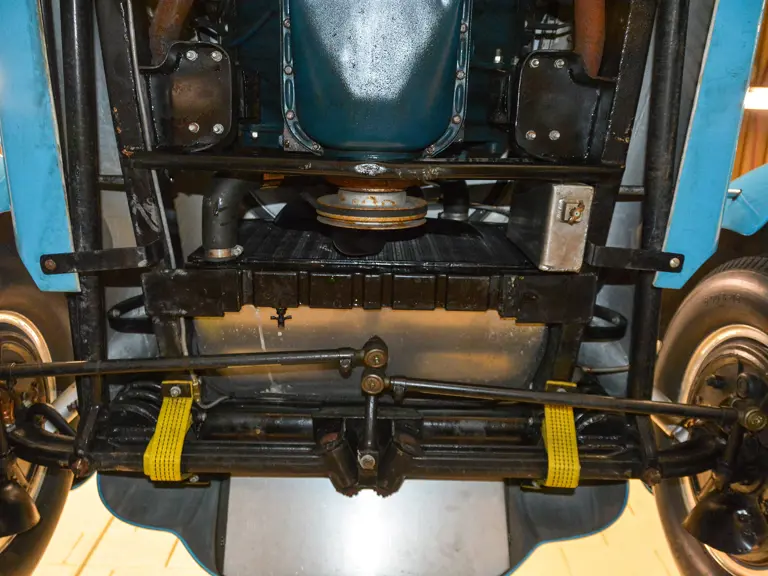
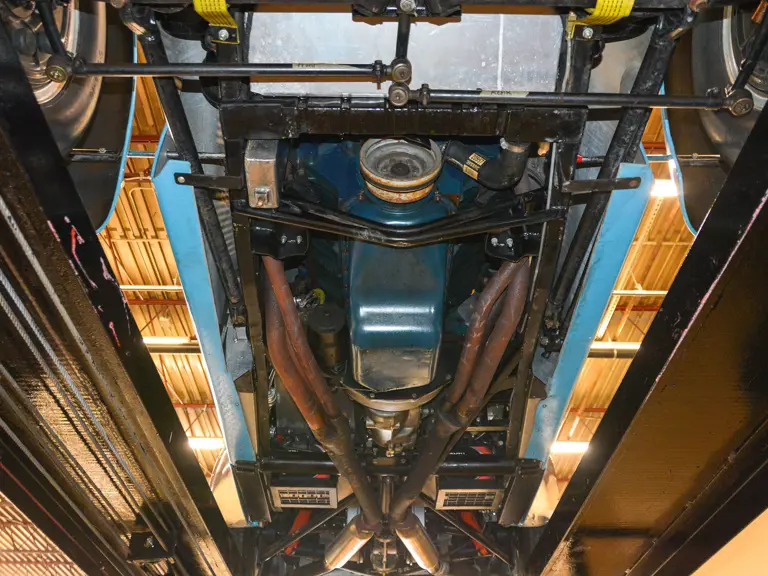

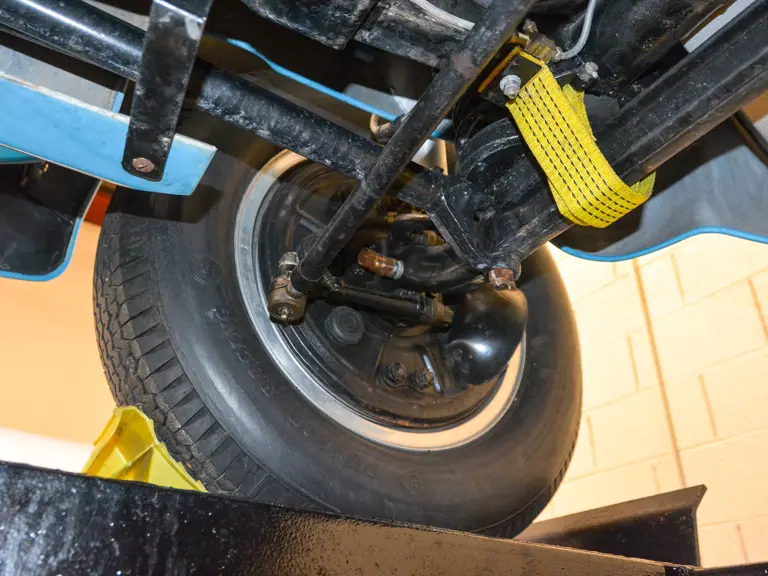
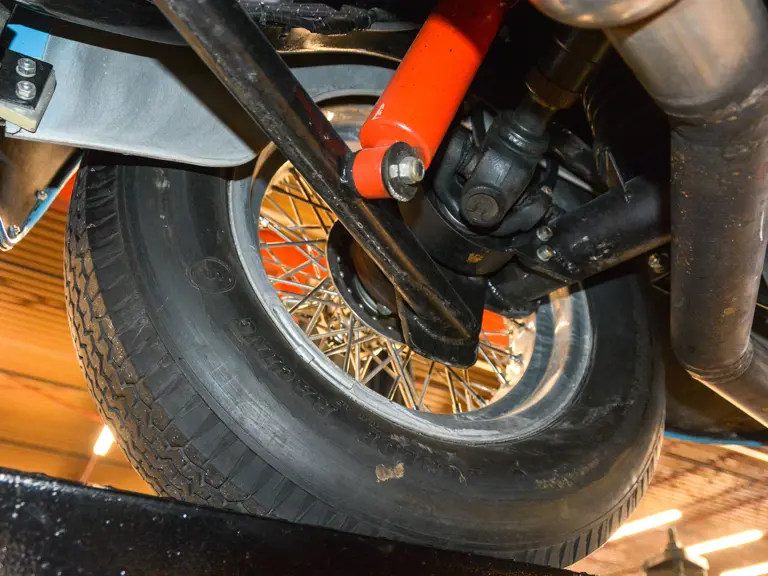
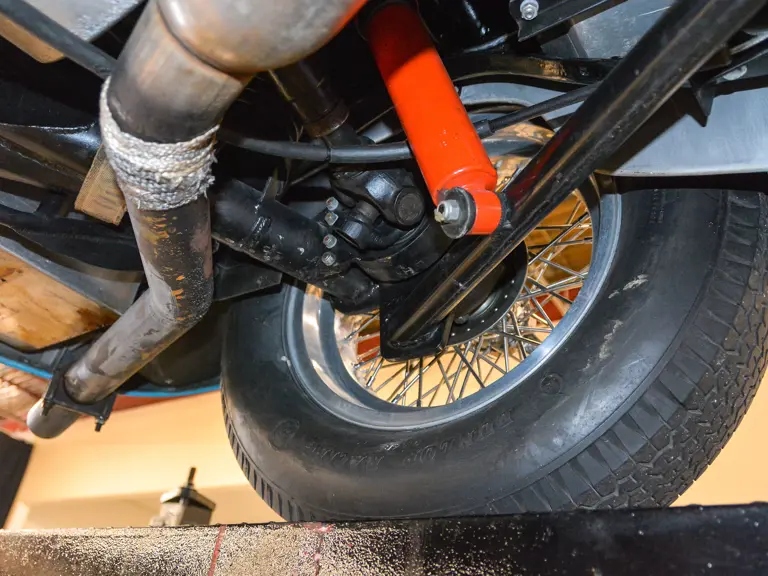

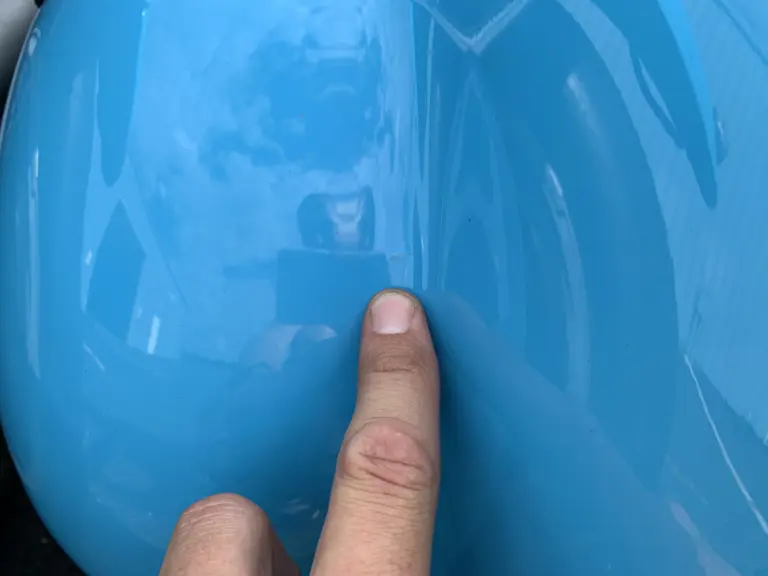

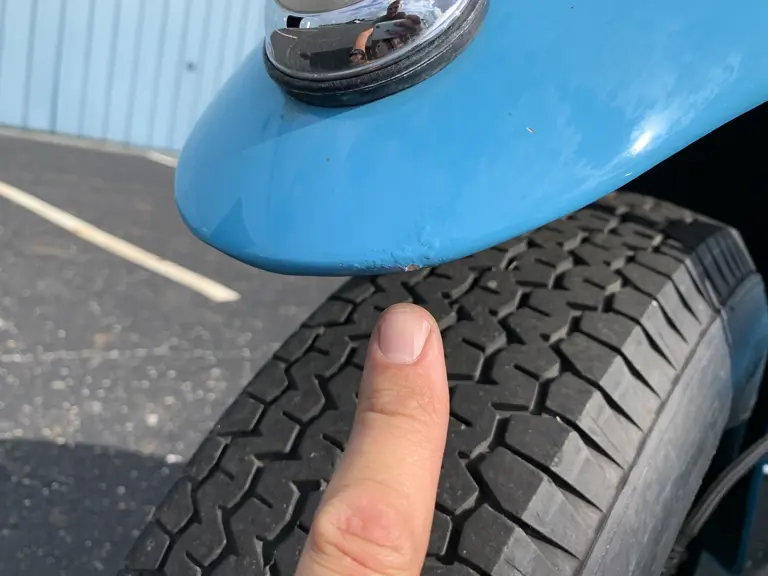
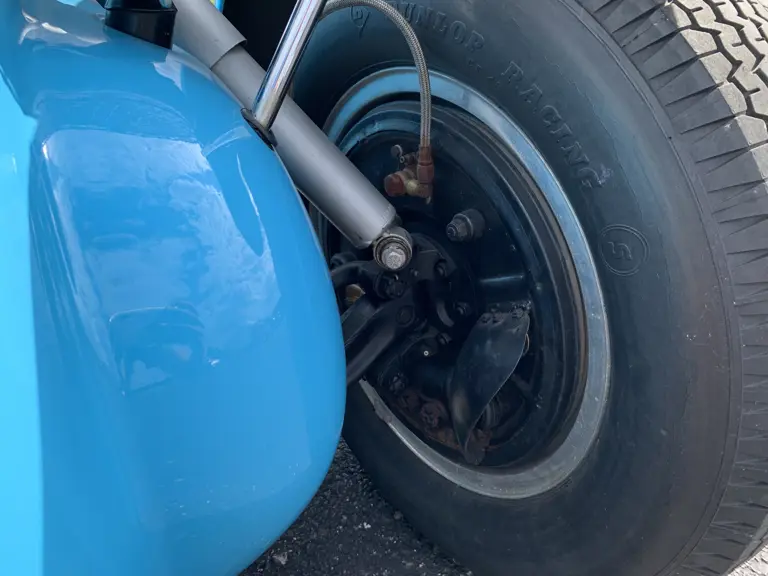
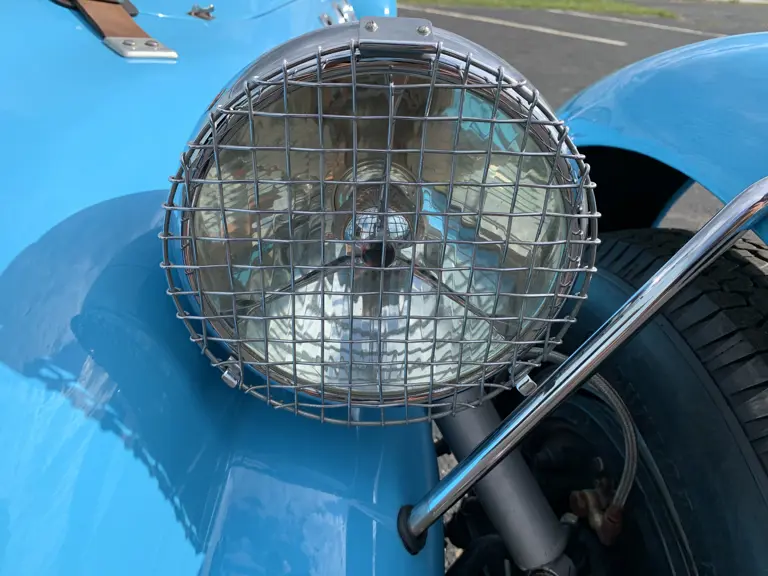

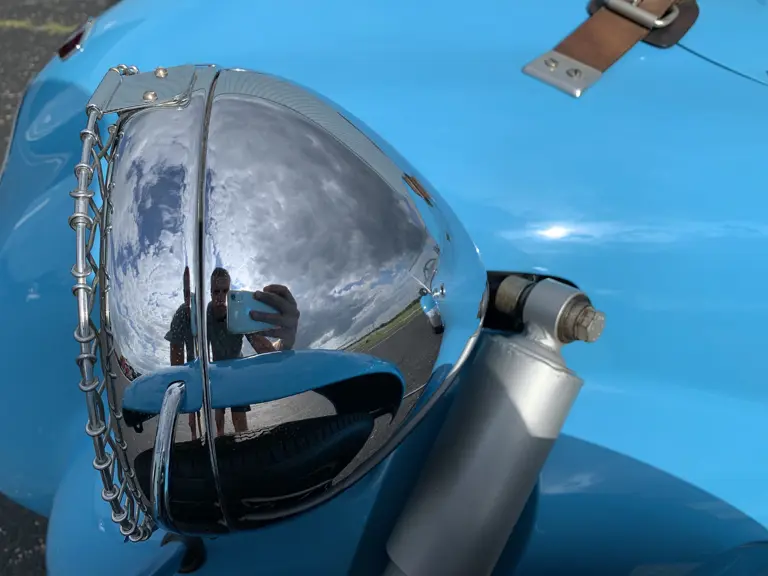
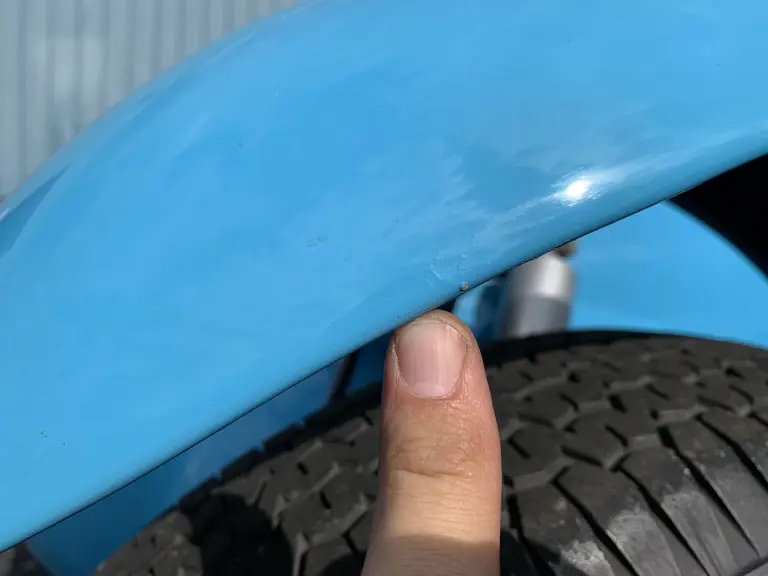

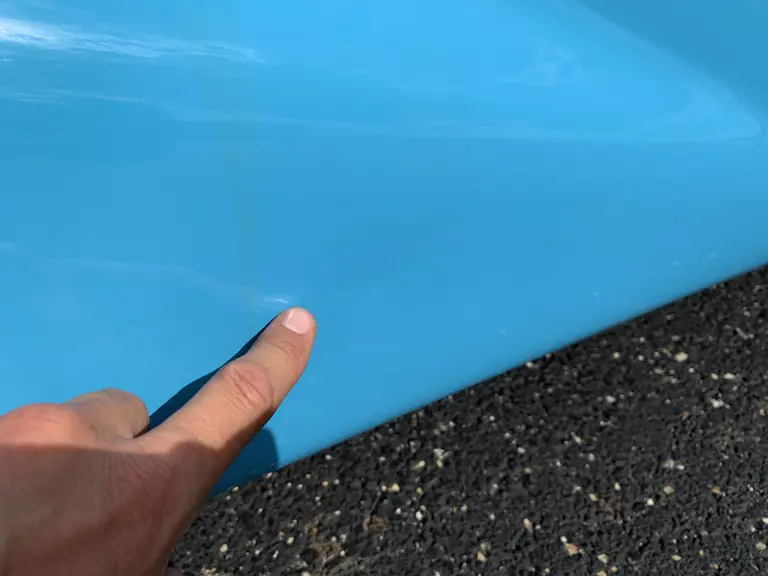
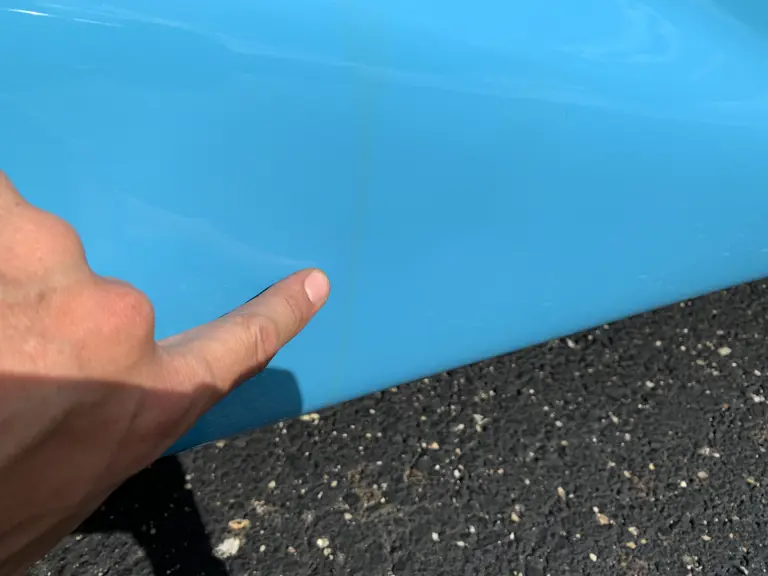
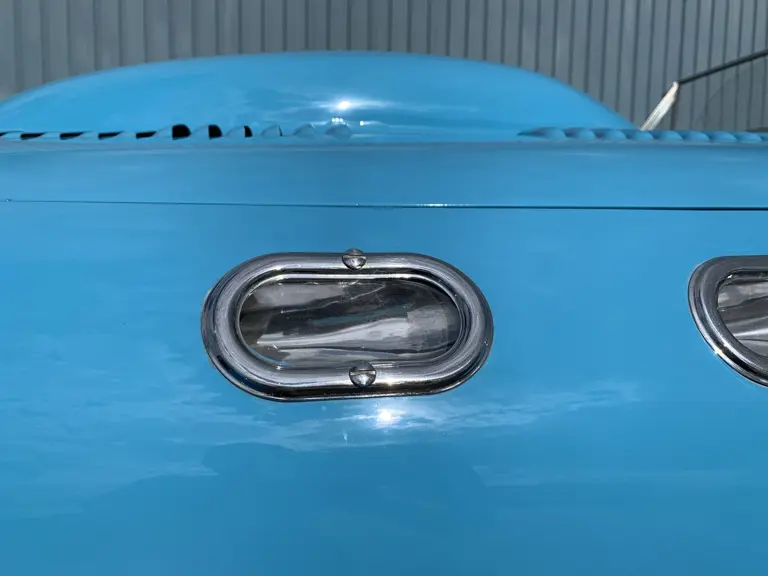
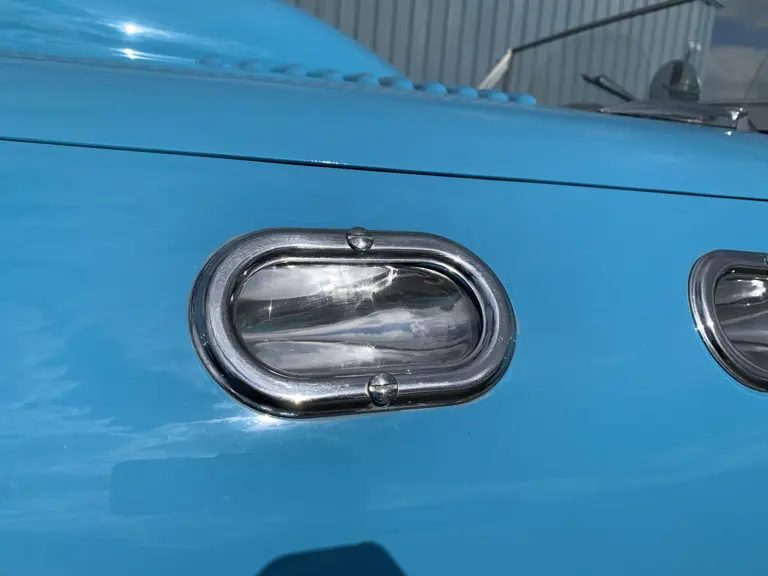
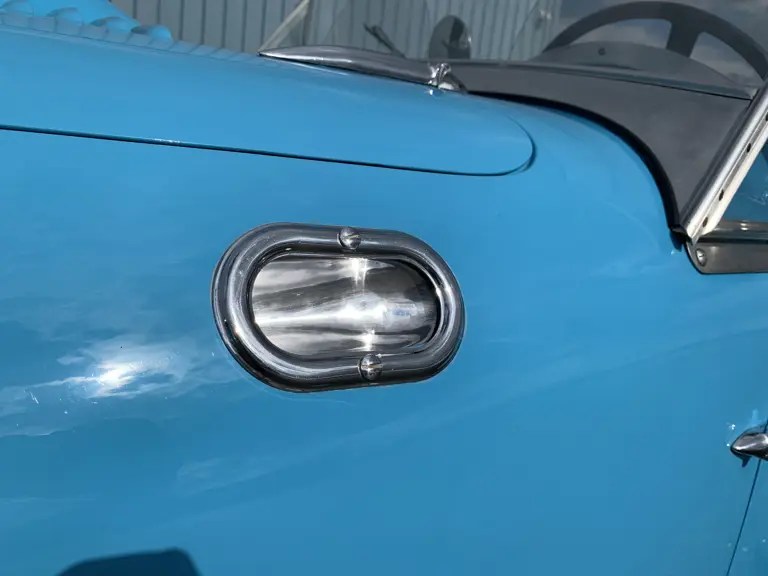
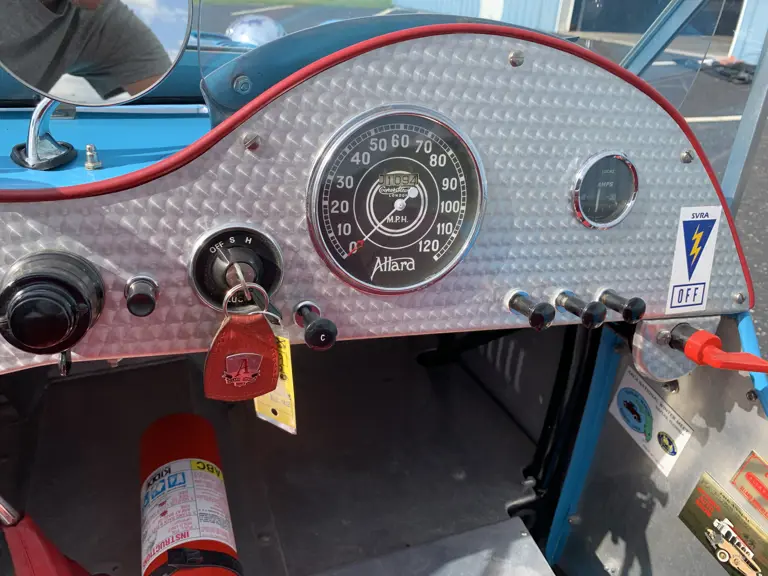
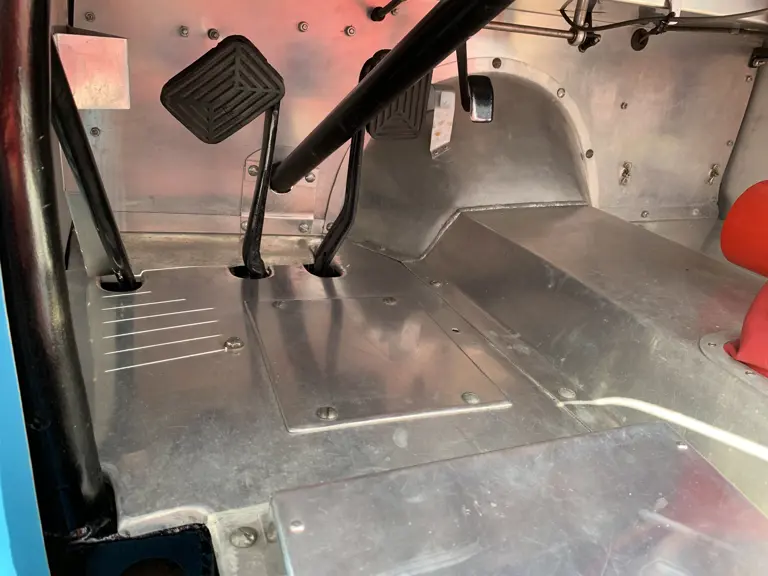
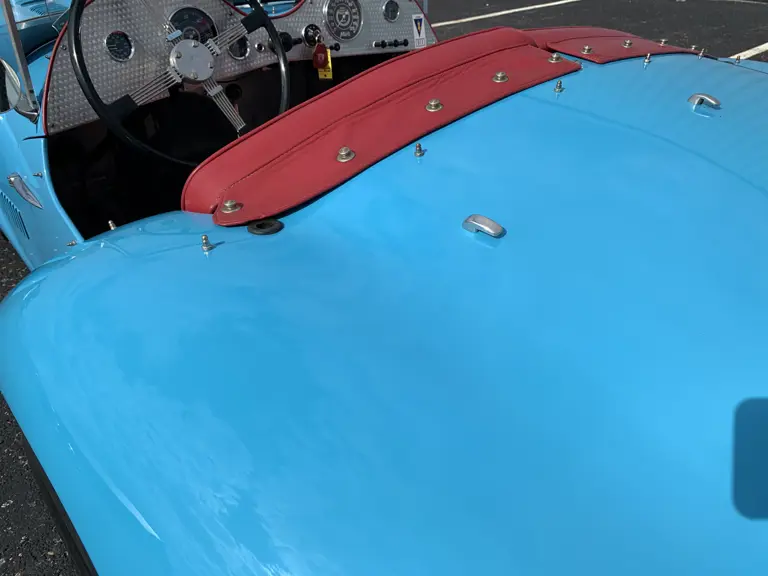
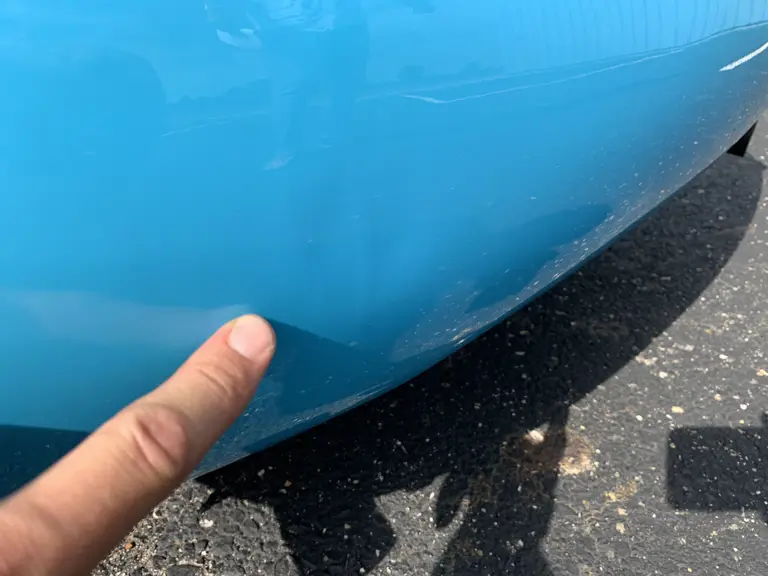
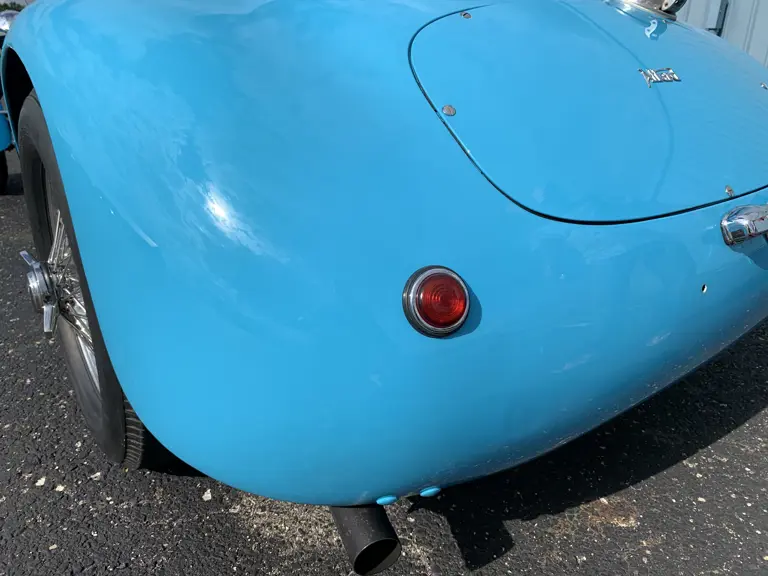


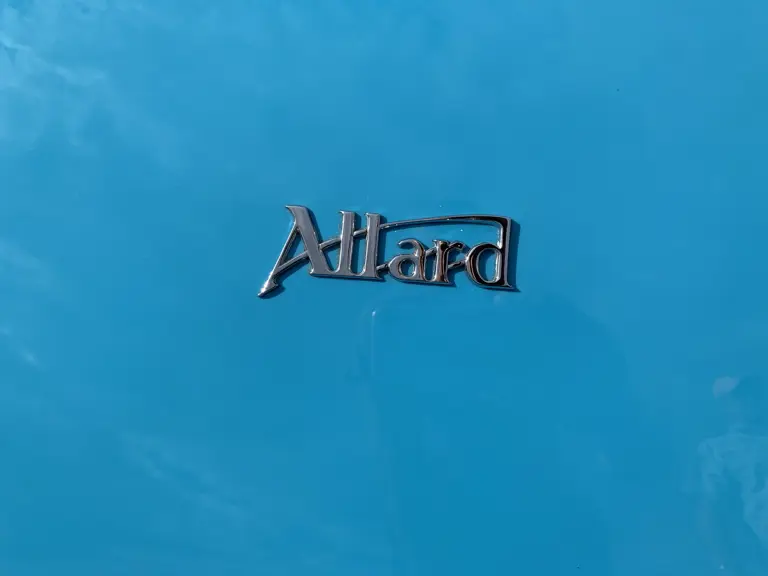
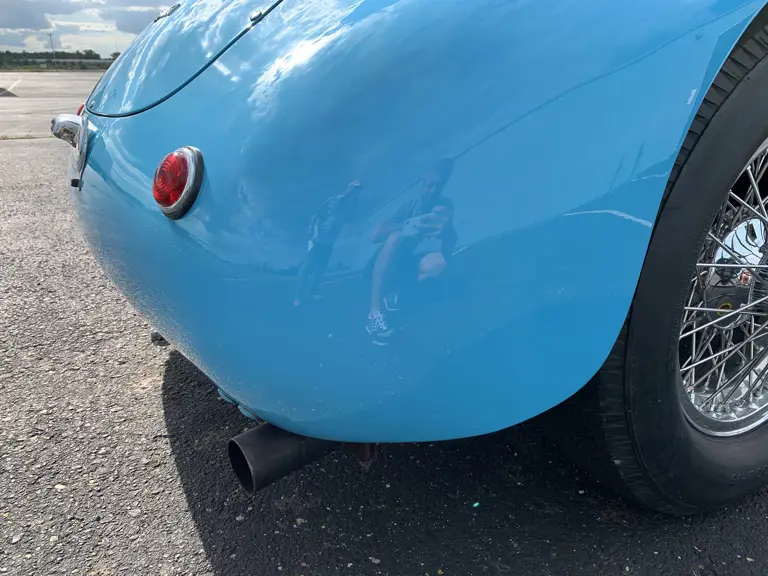
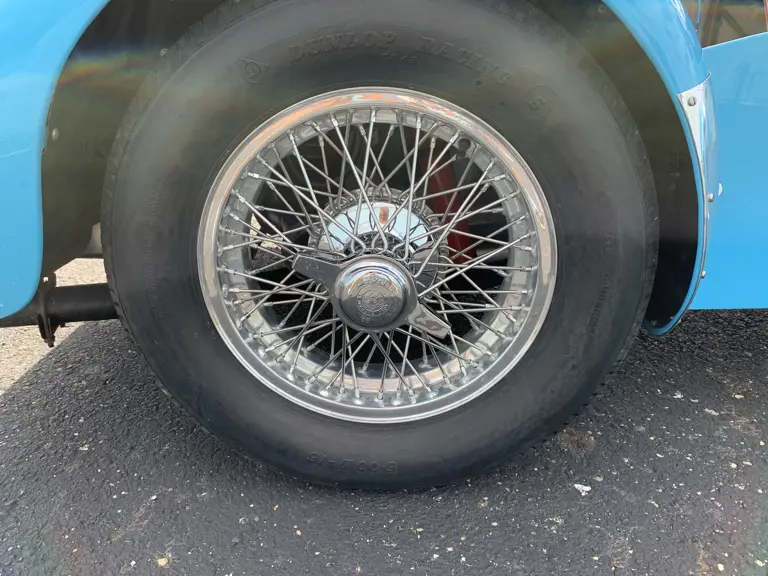
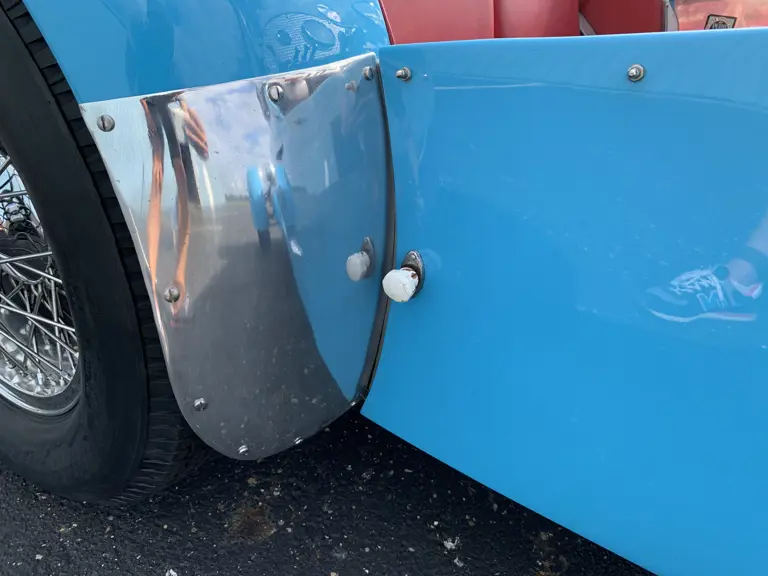



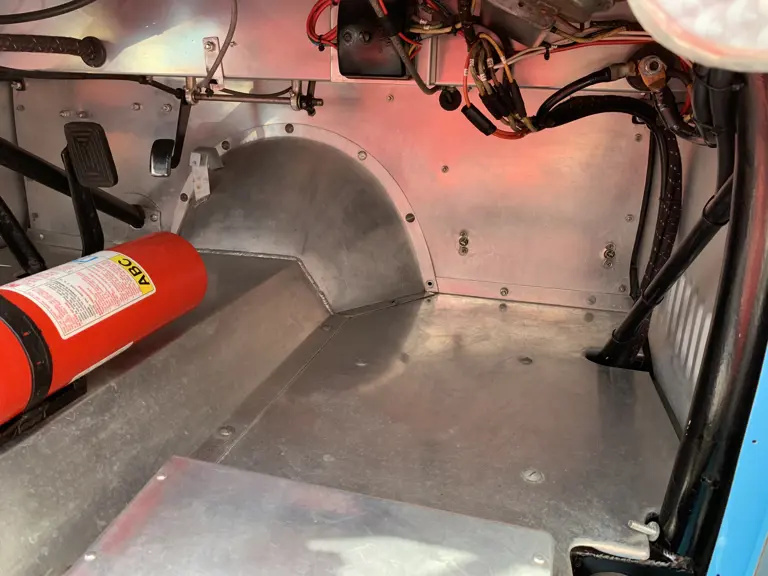

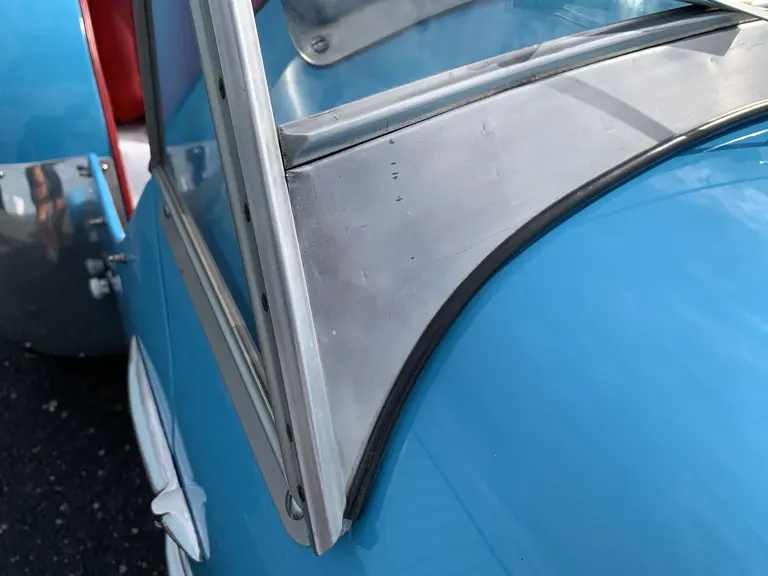


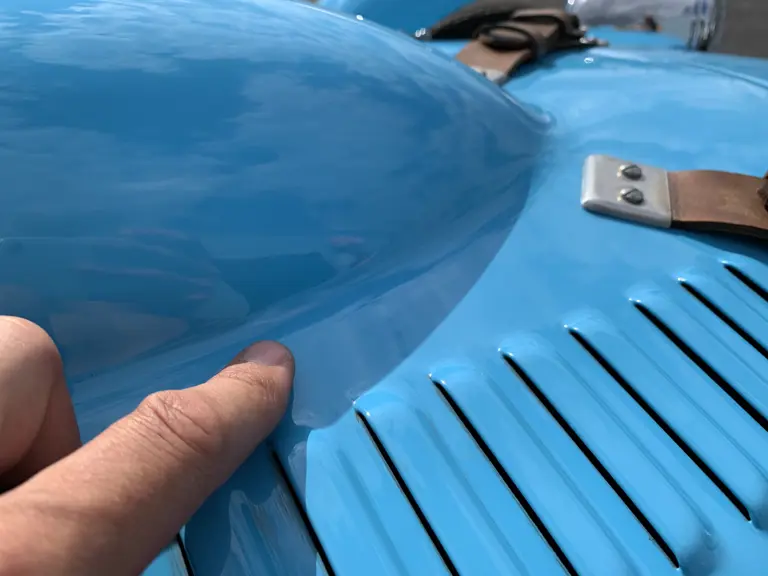
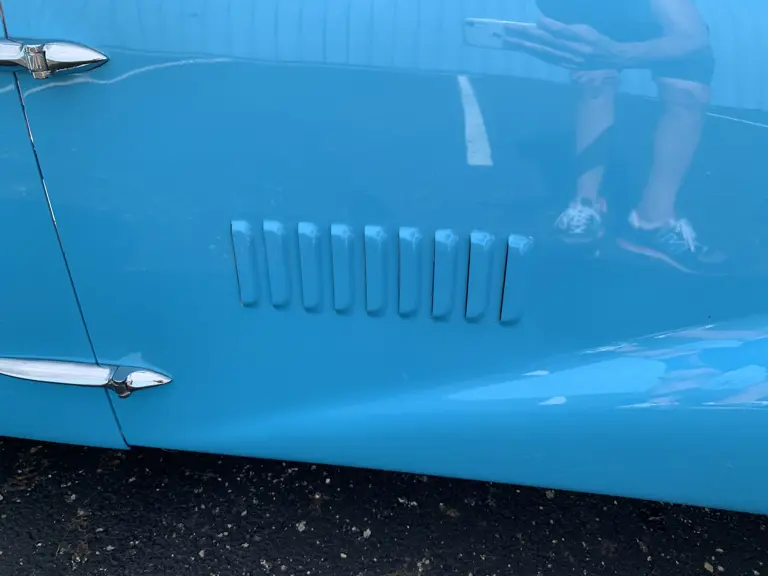

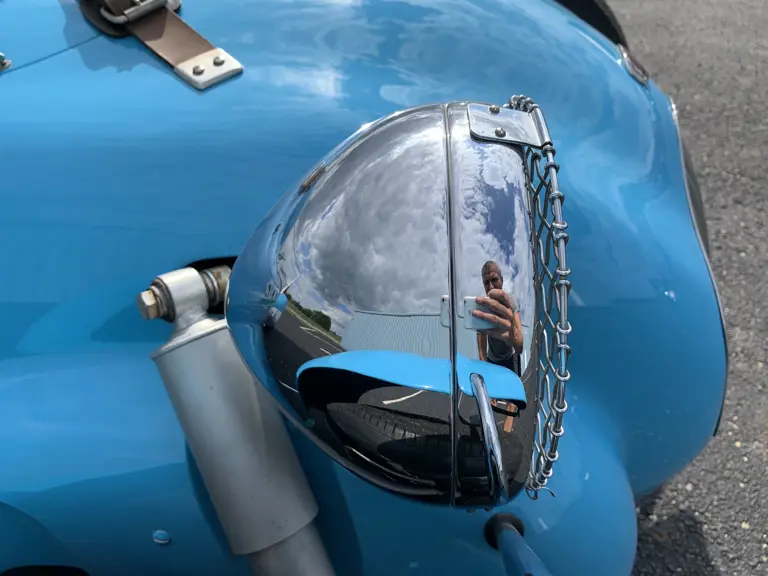
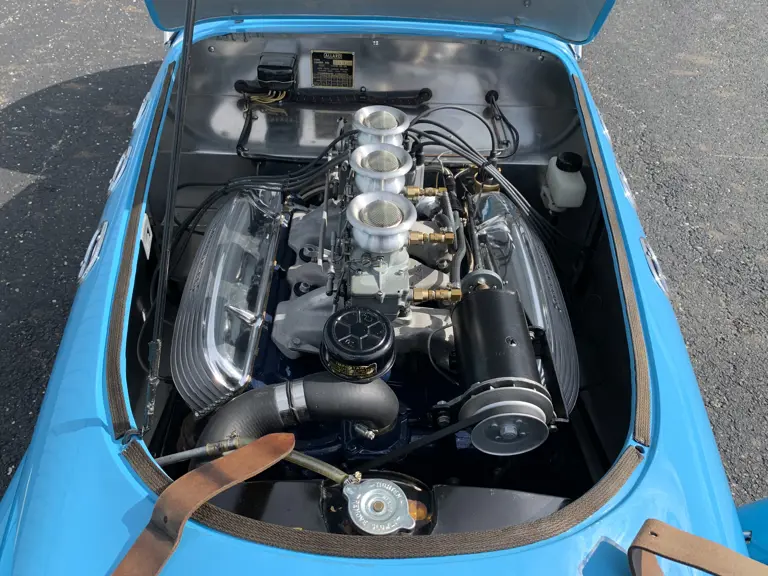
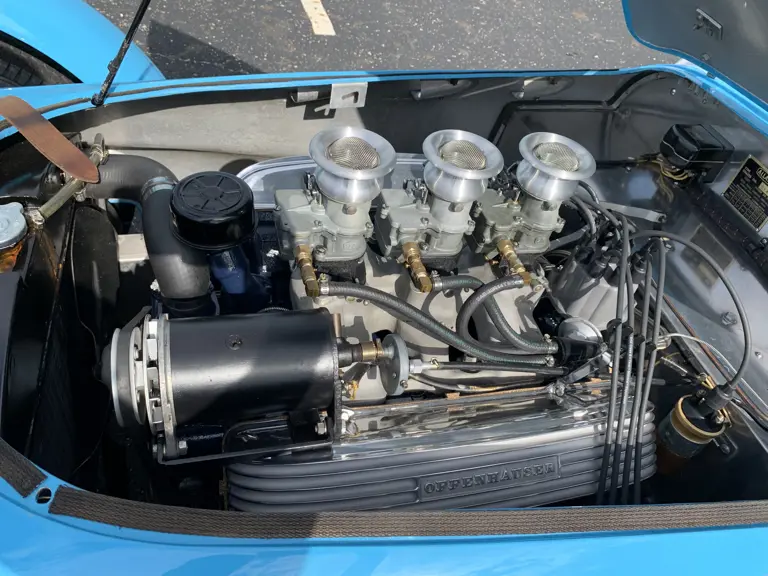
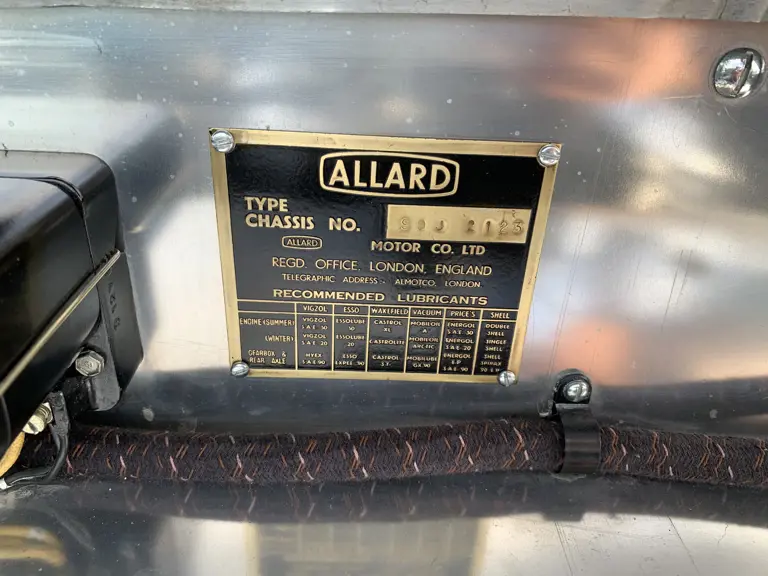
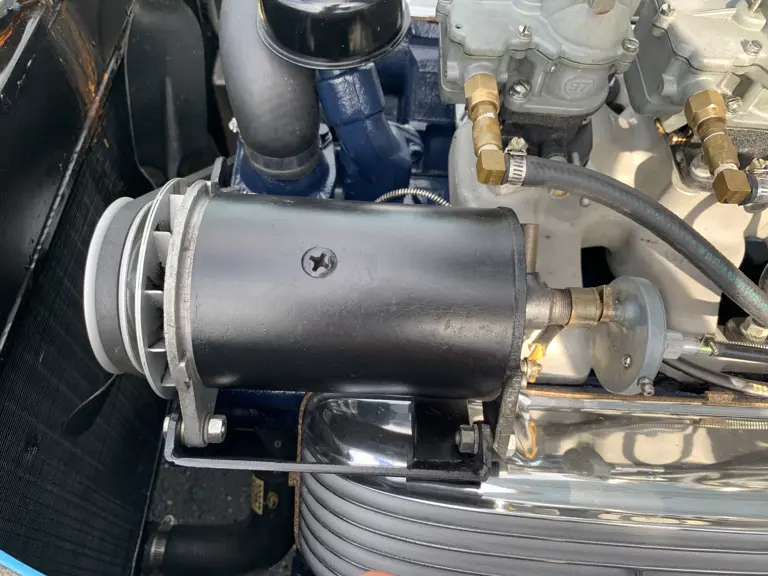
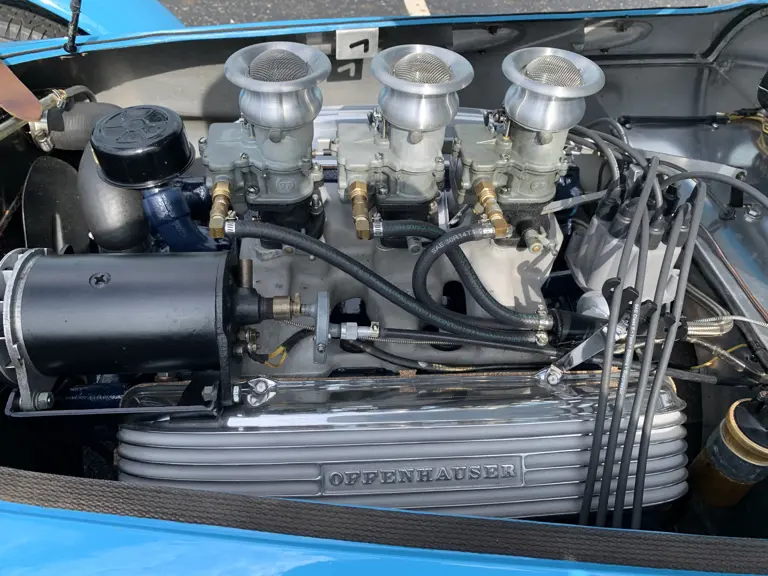
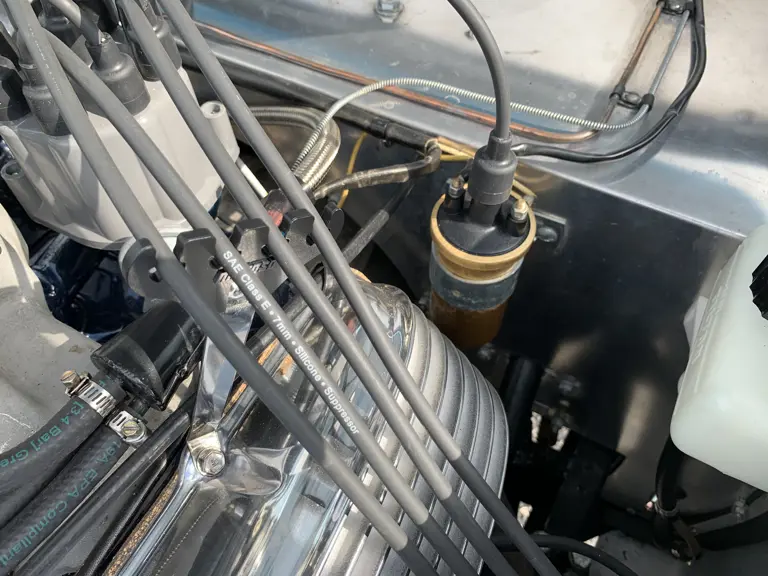
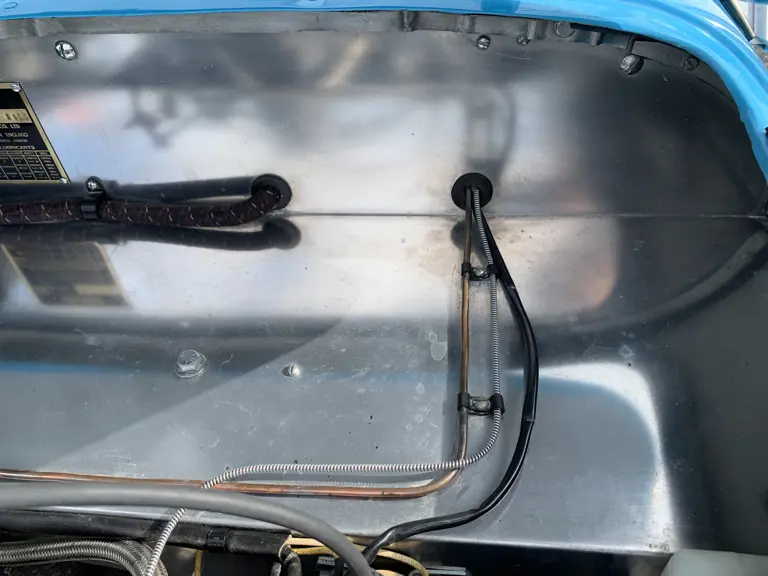

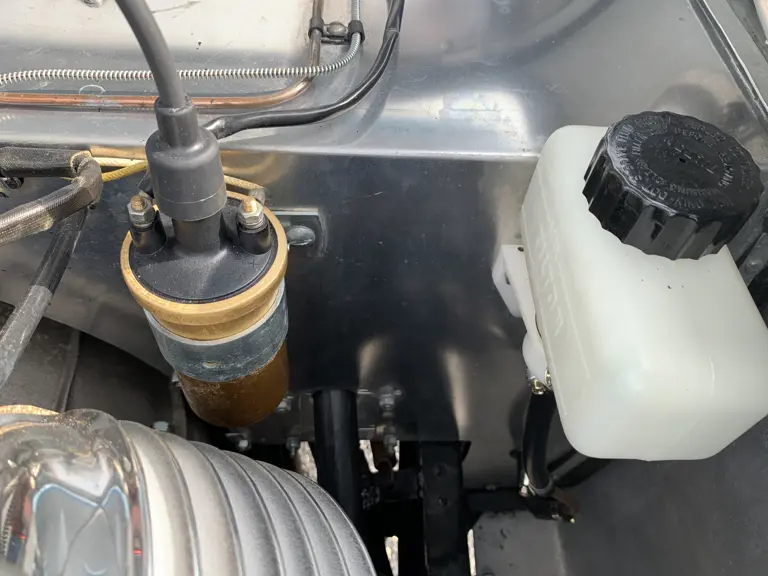
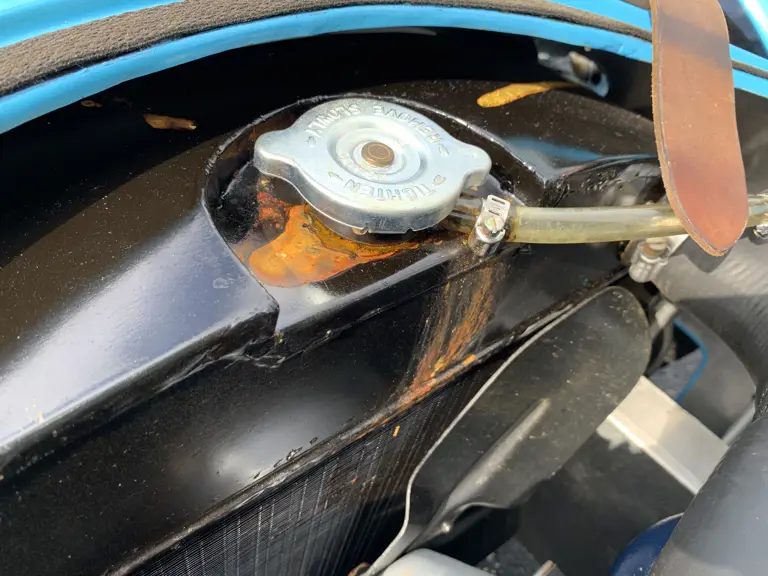
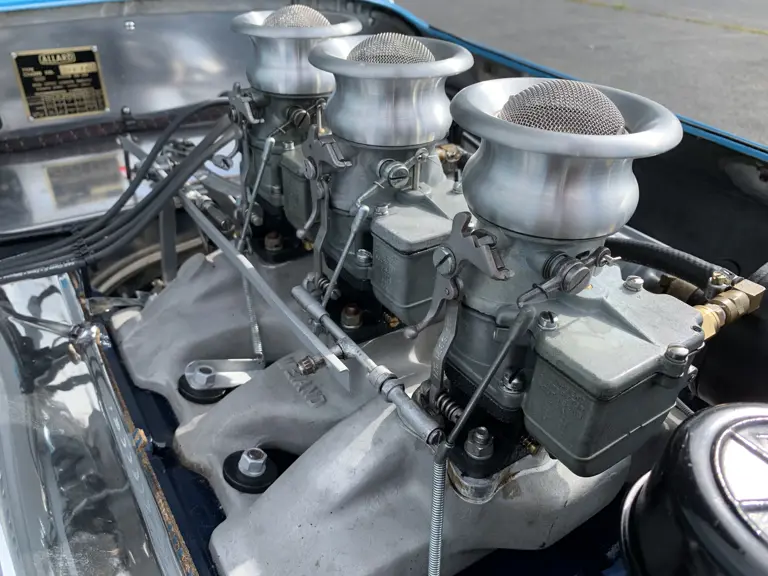

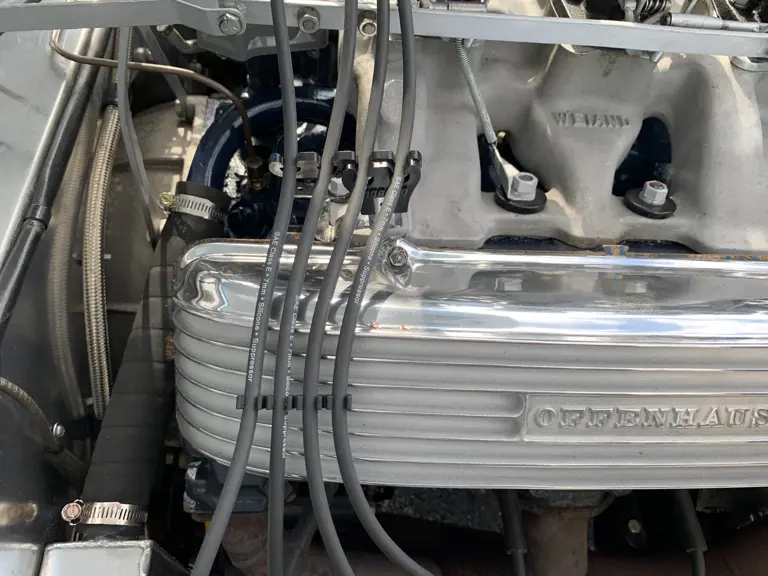
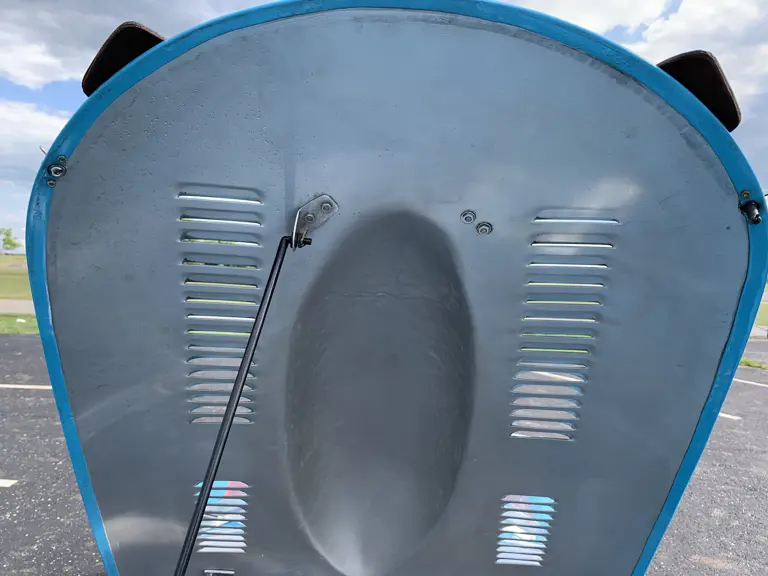

 | Auburn, Indiana
| Auburn, Indiana
